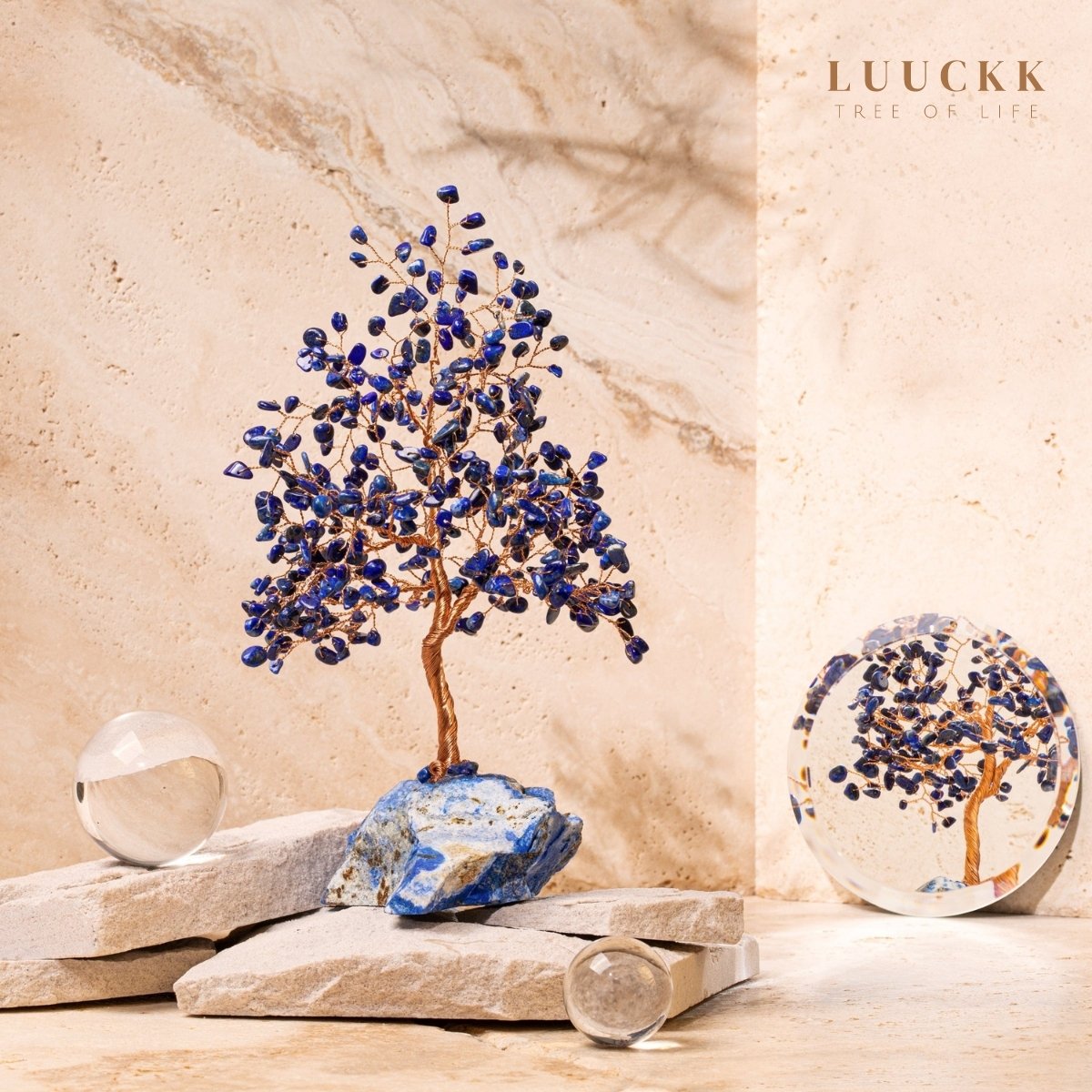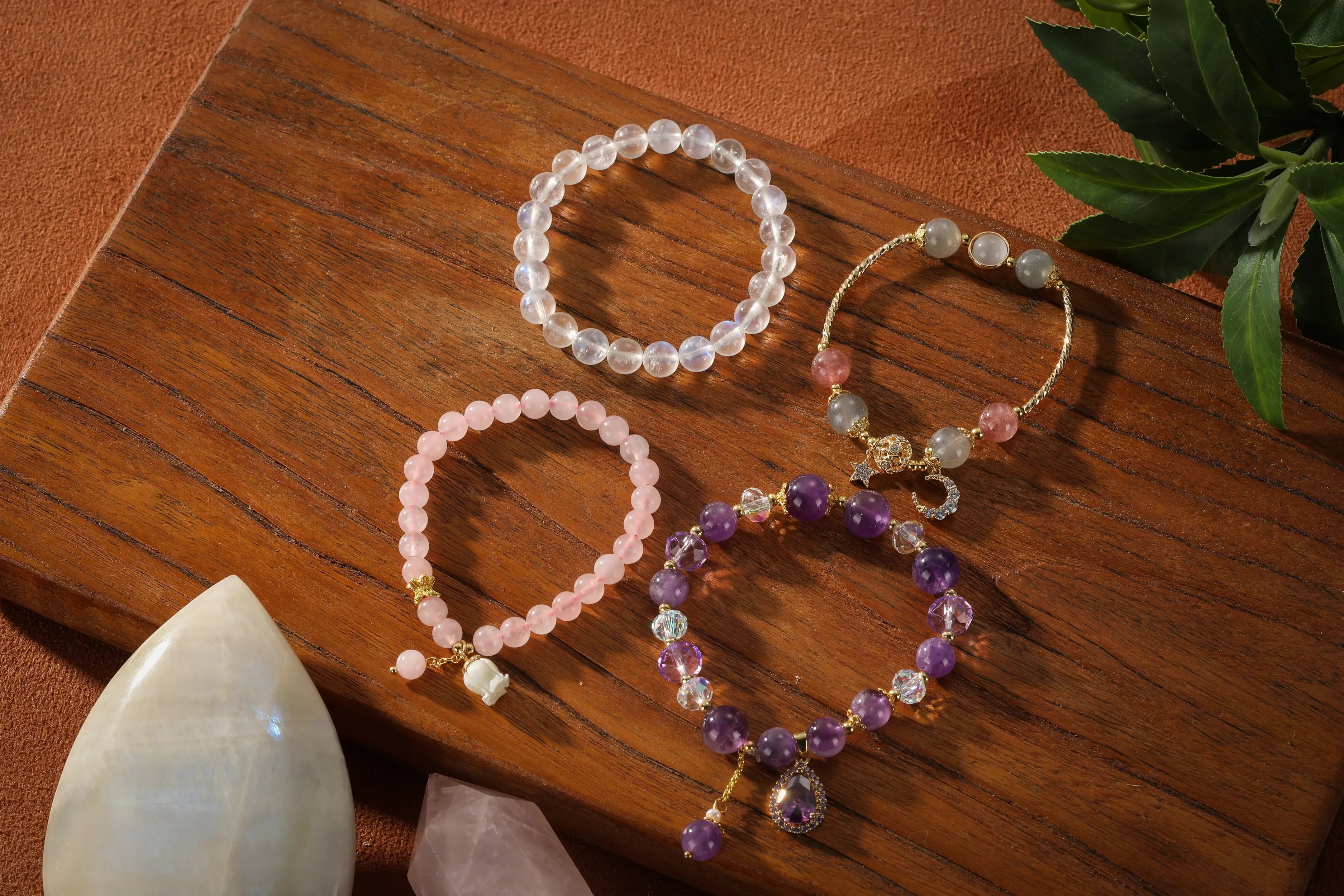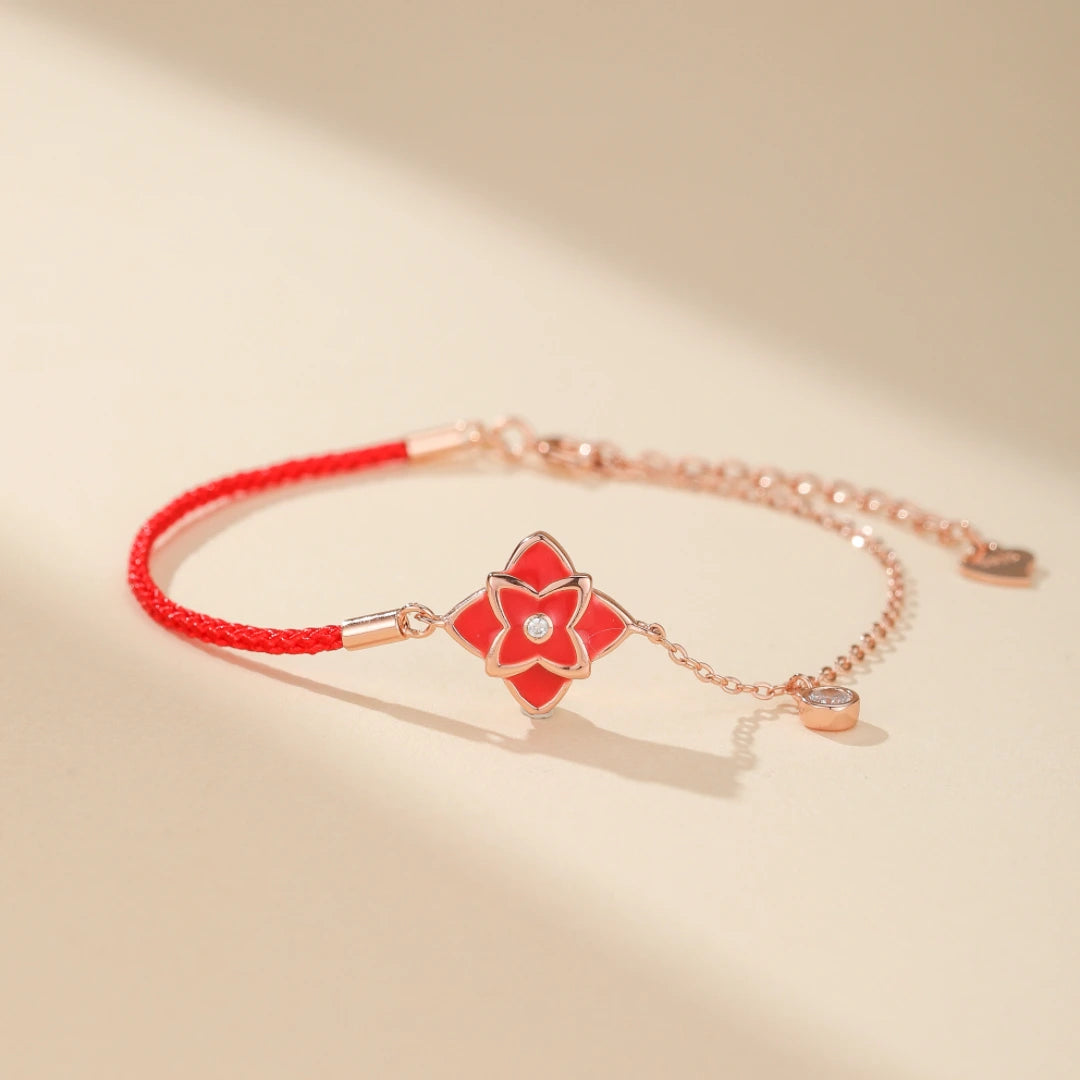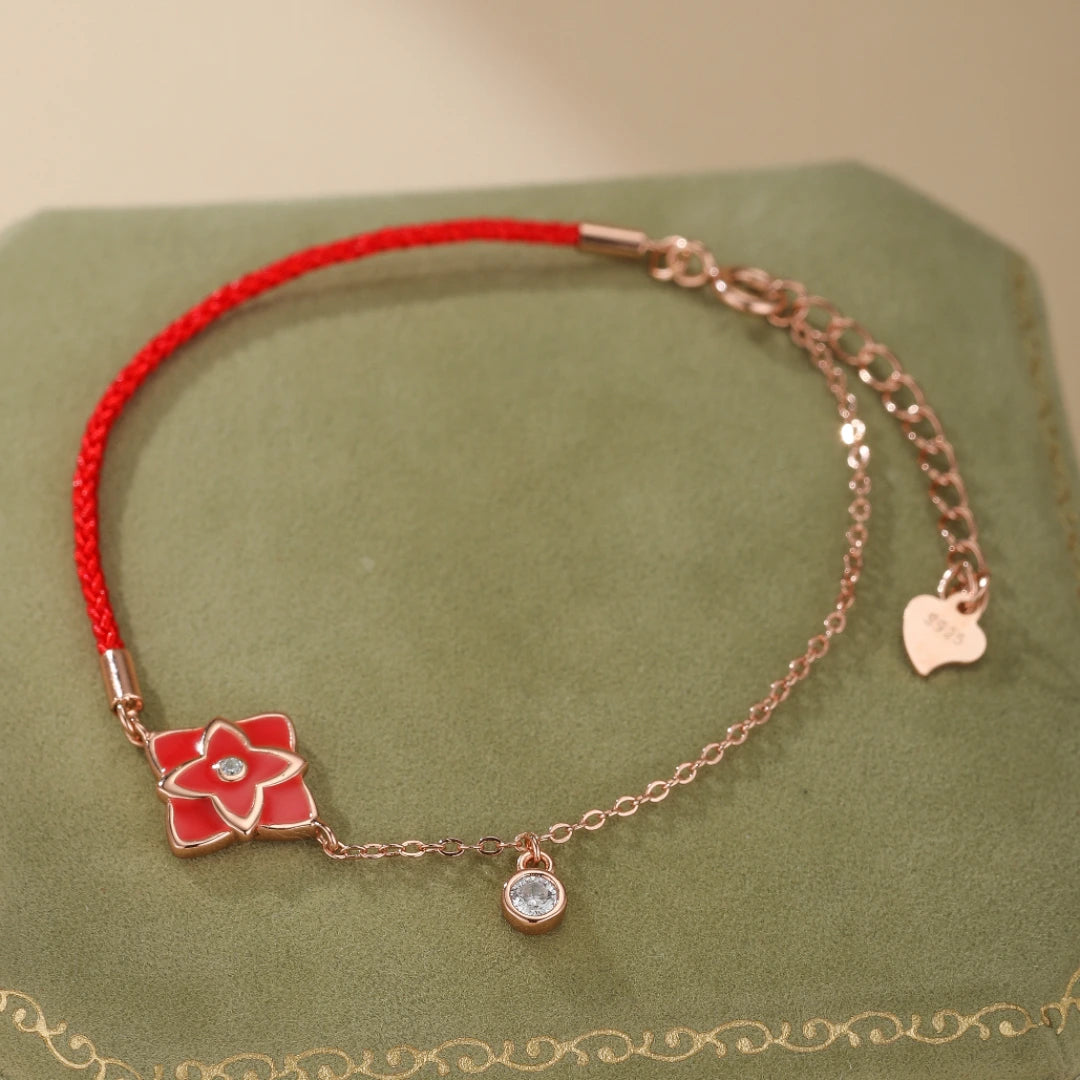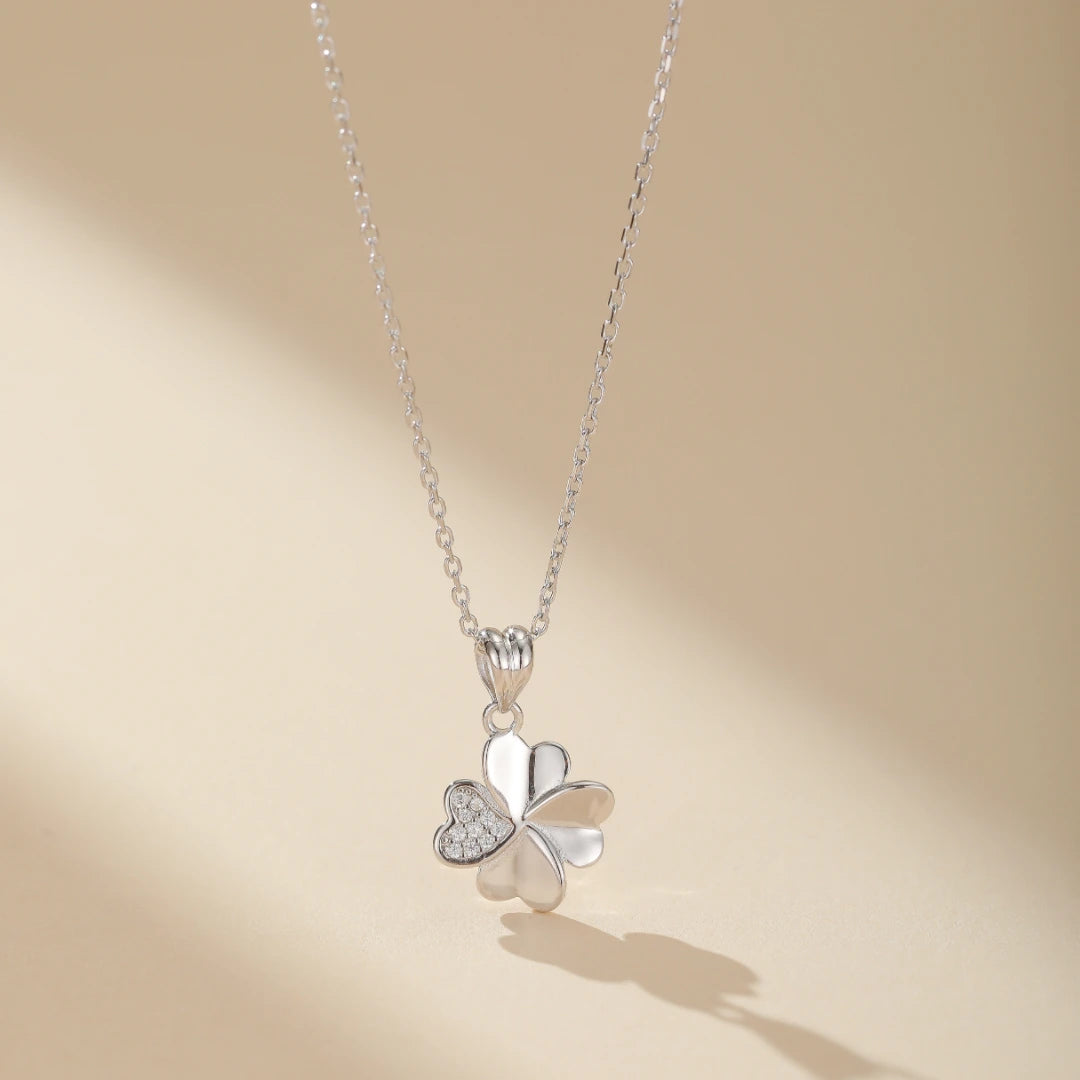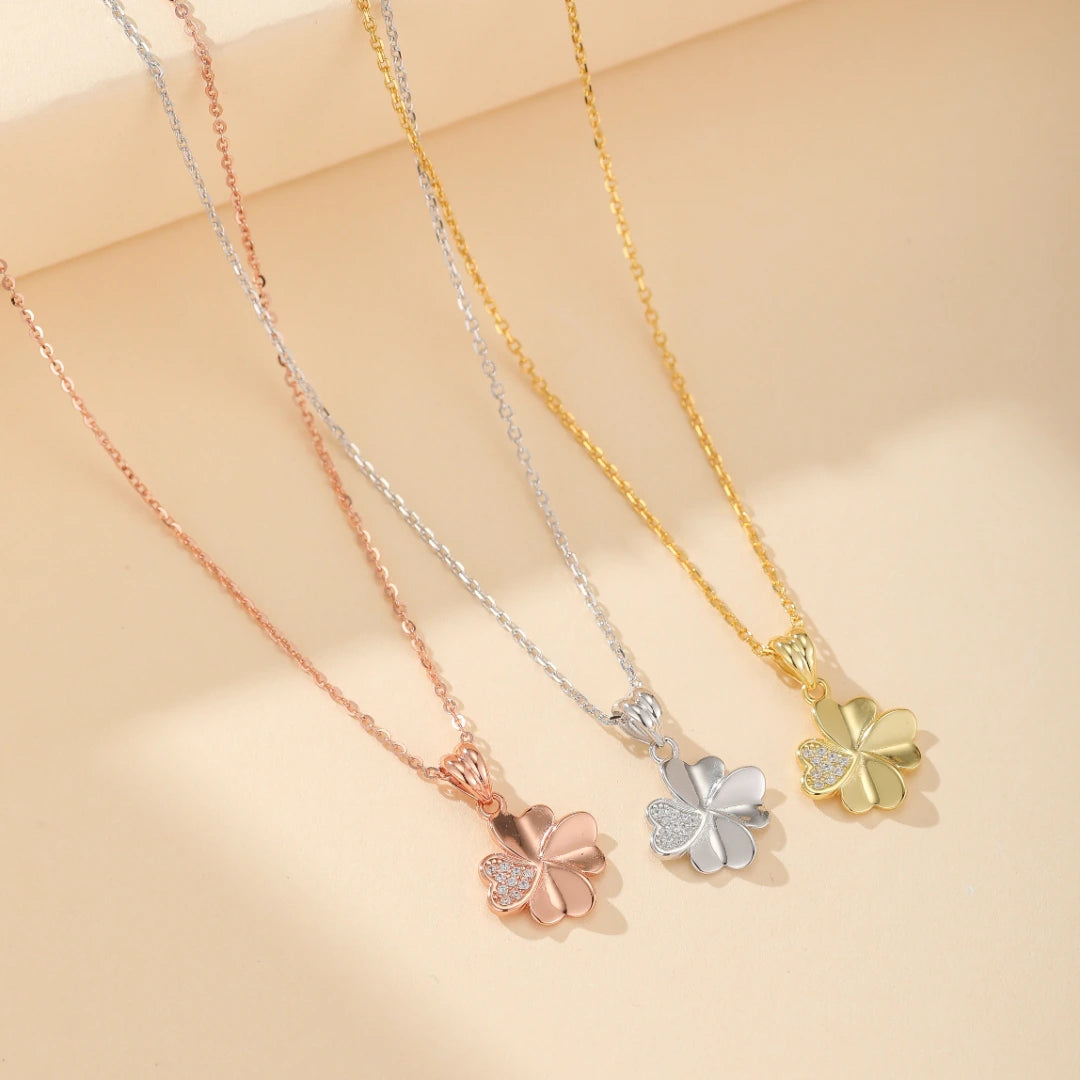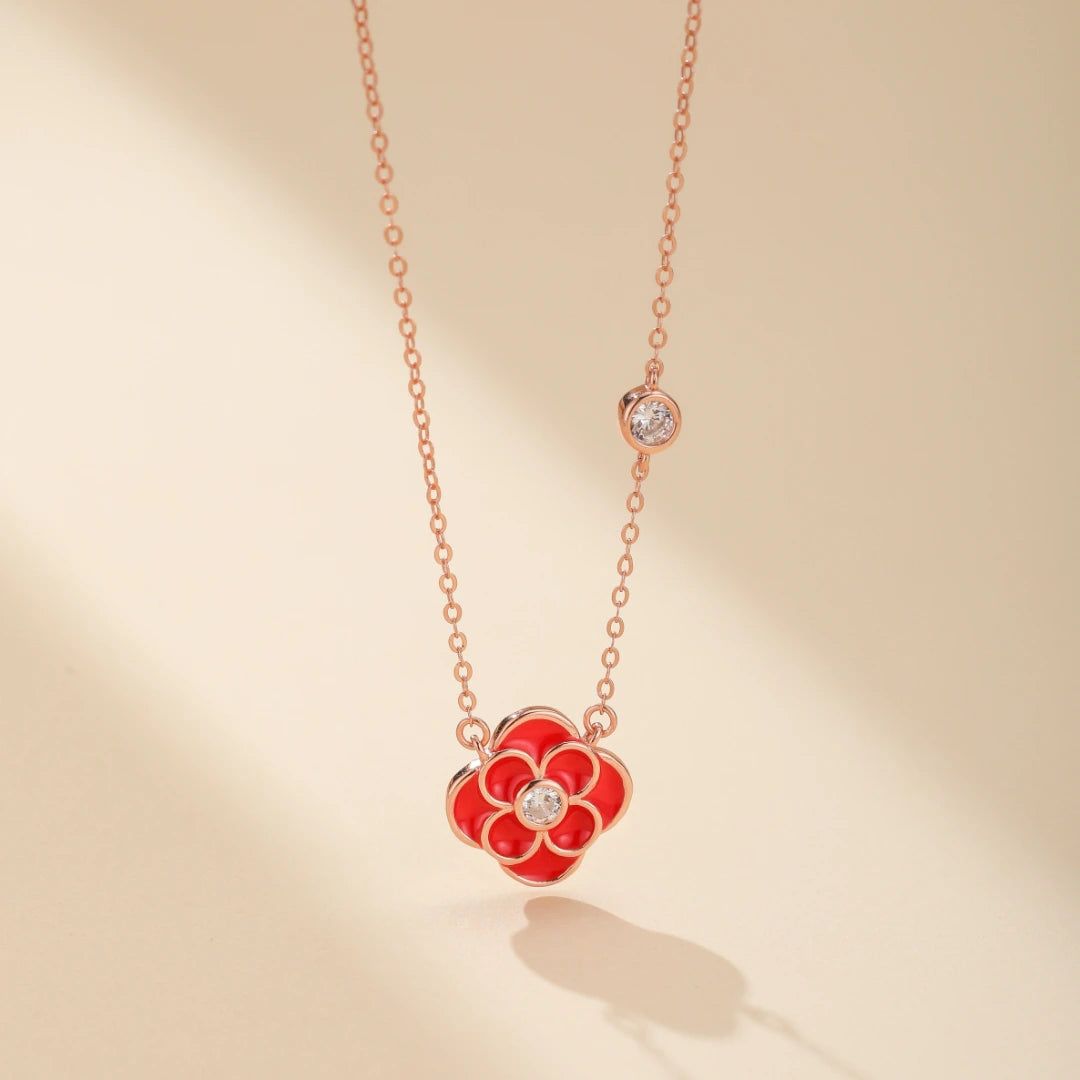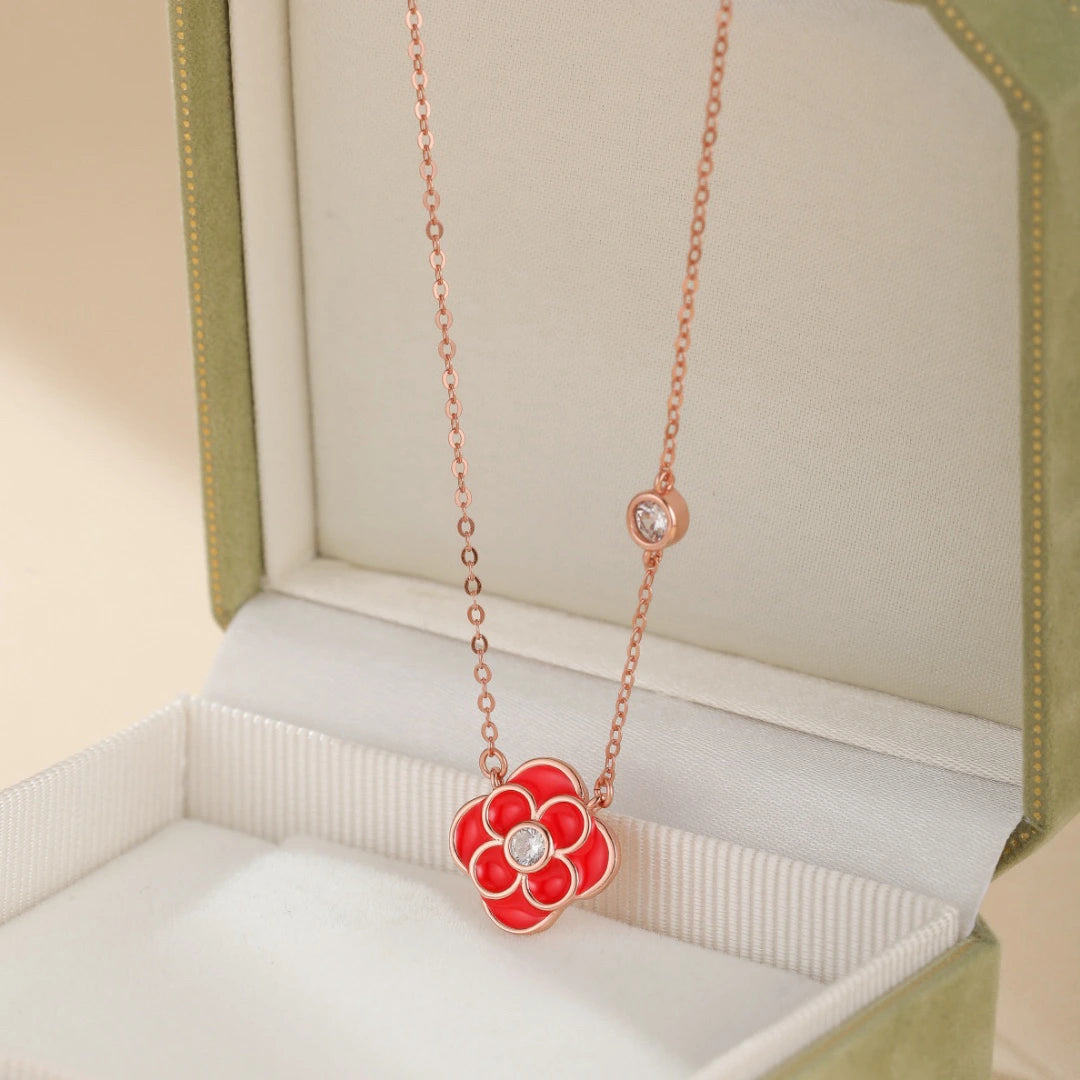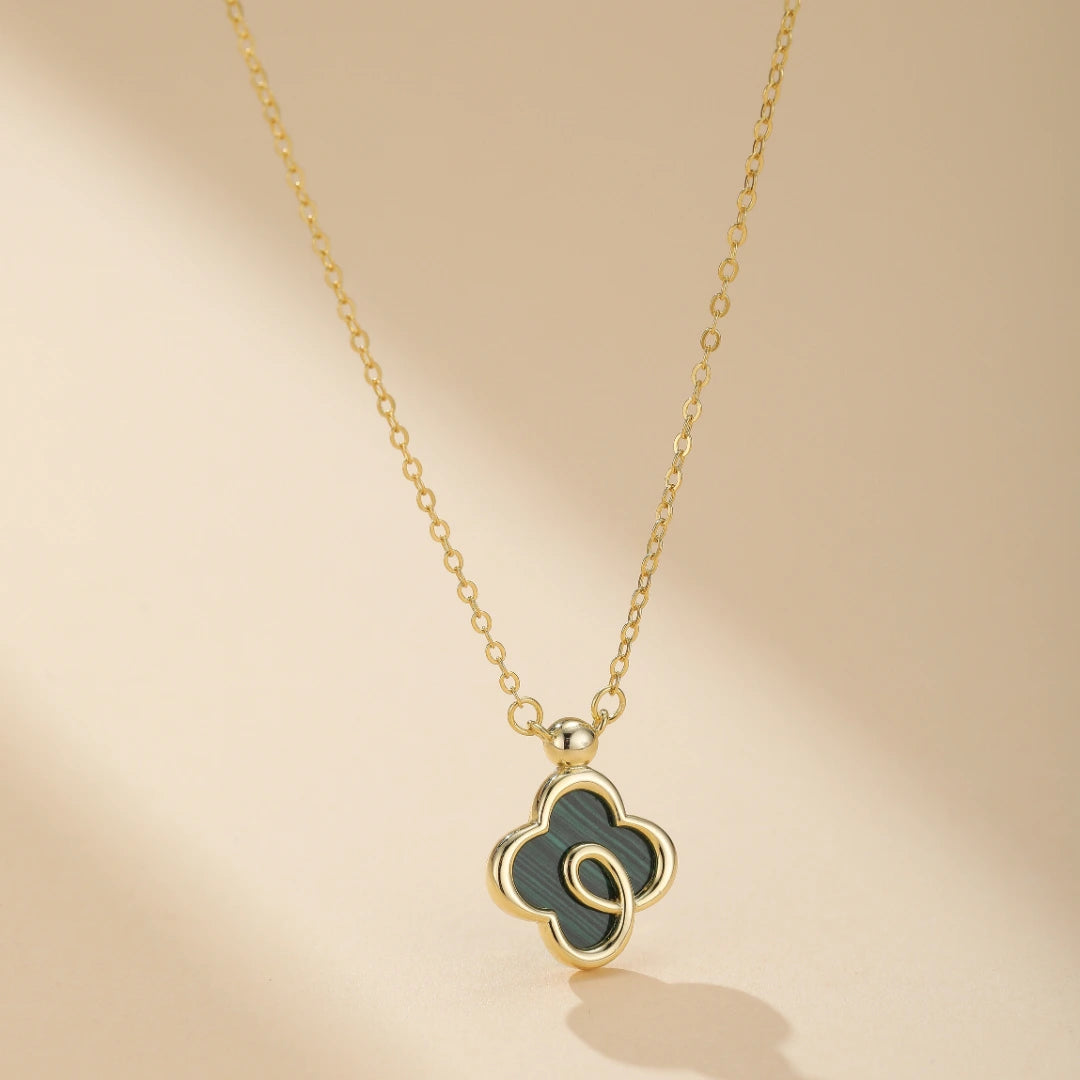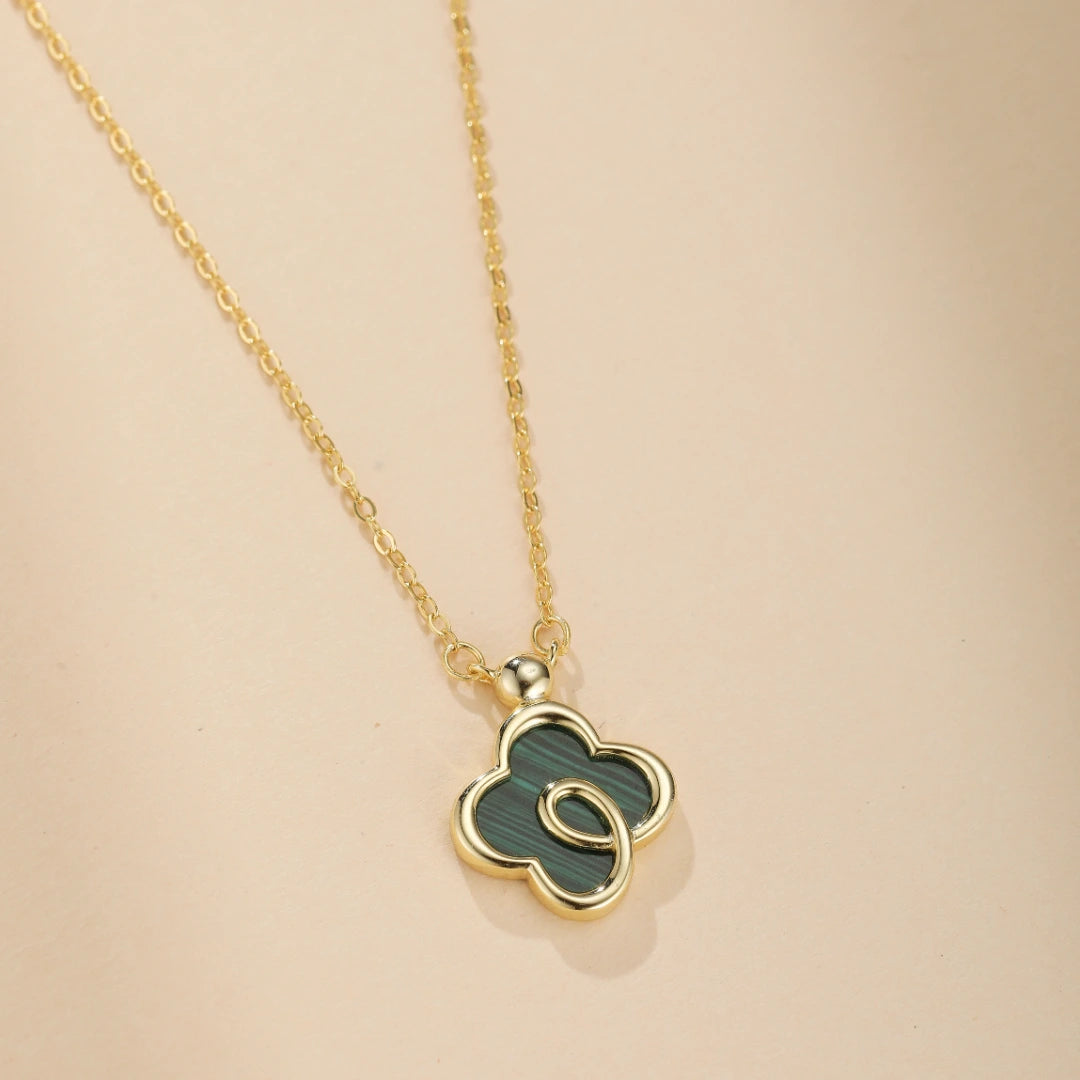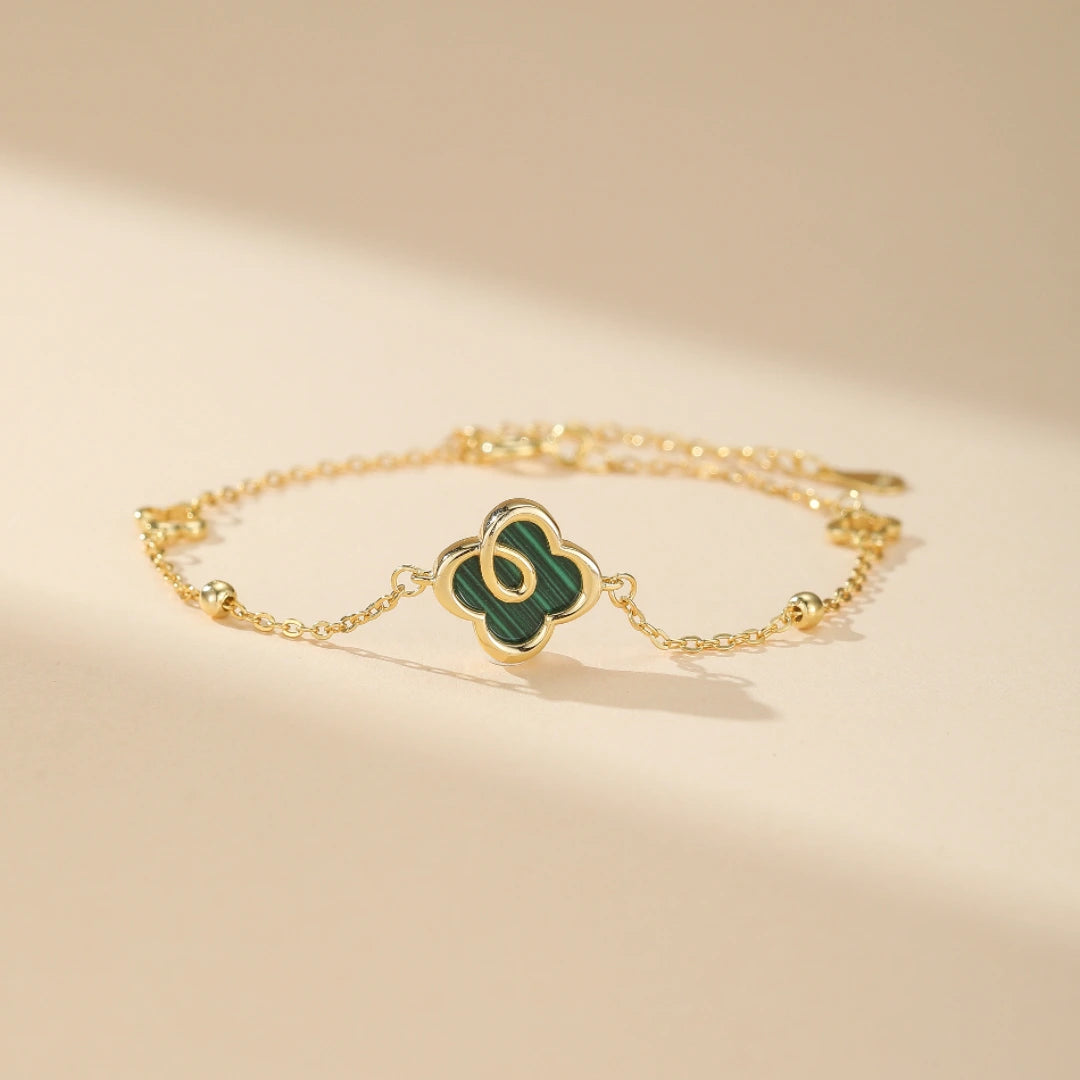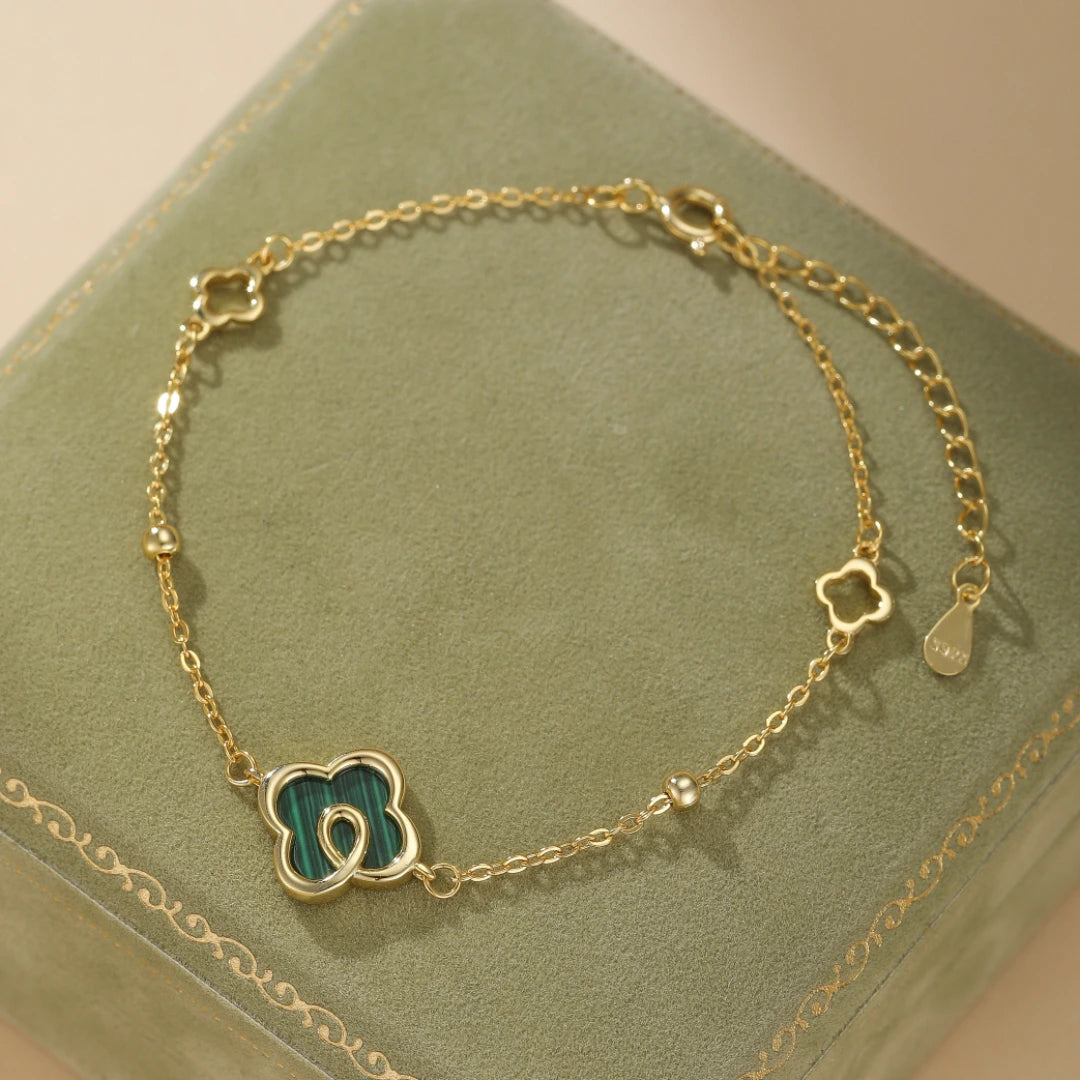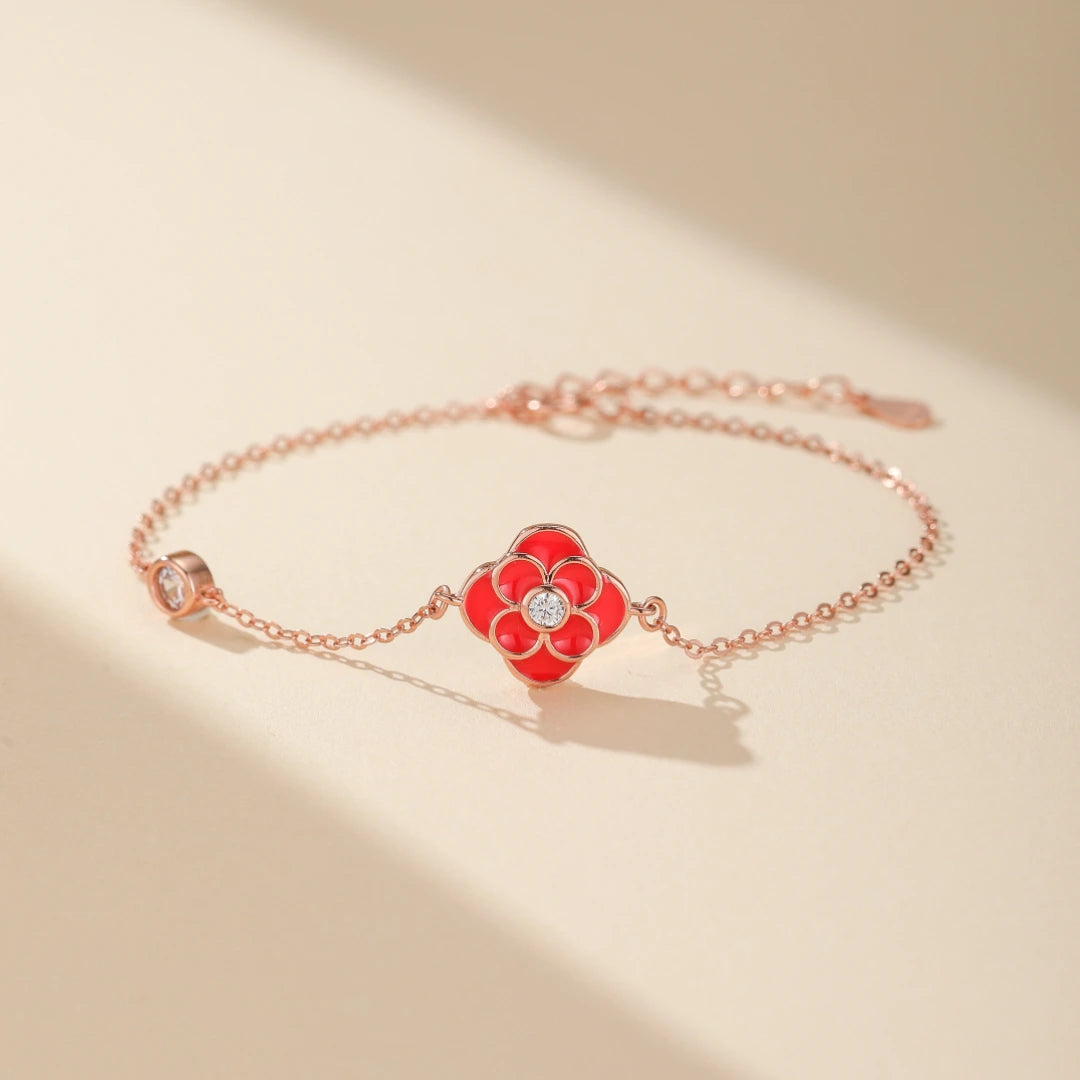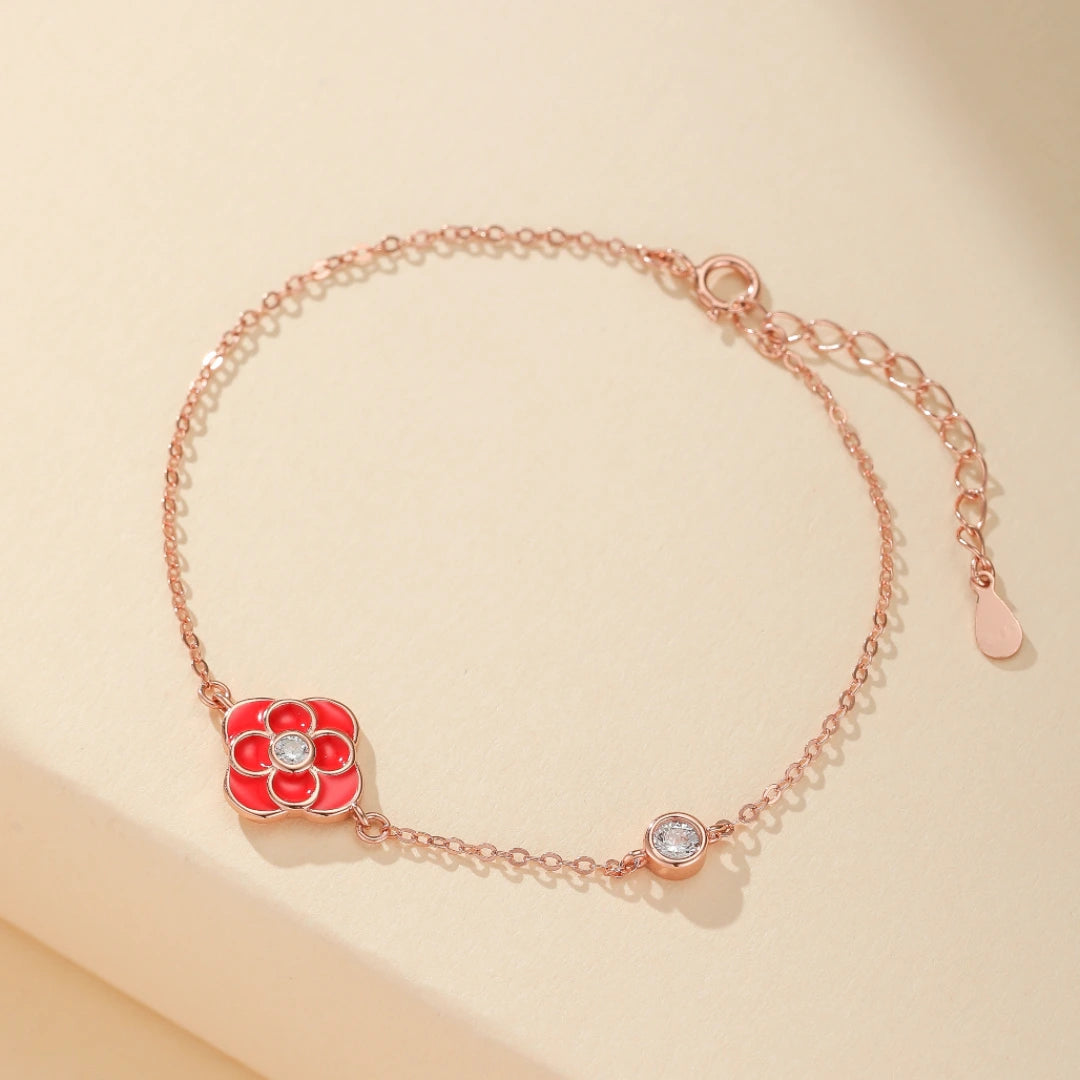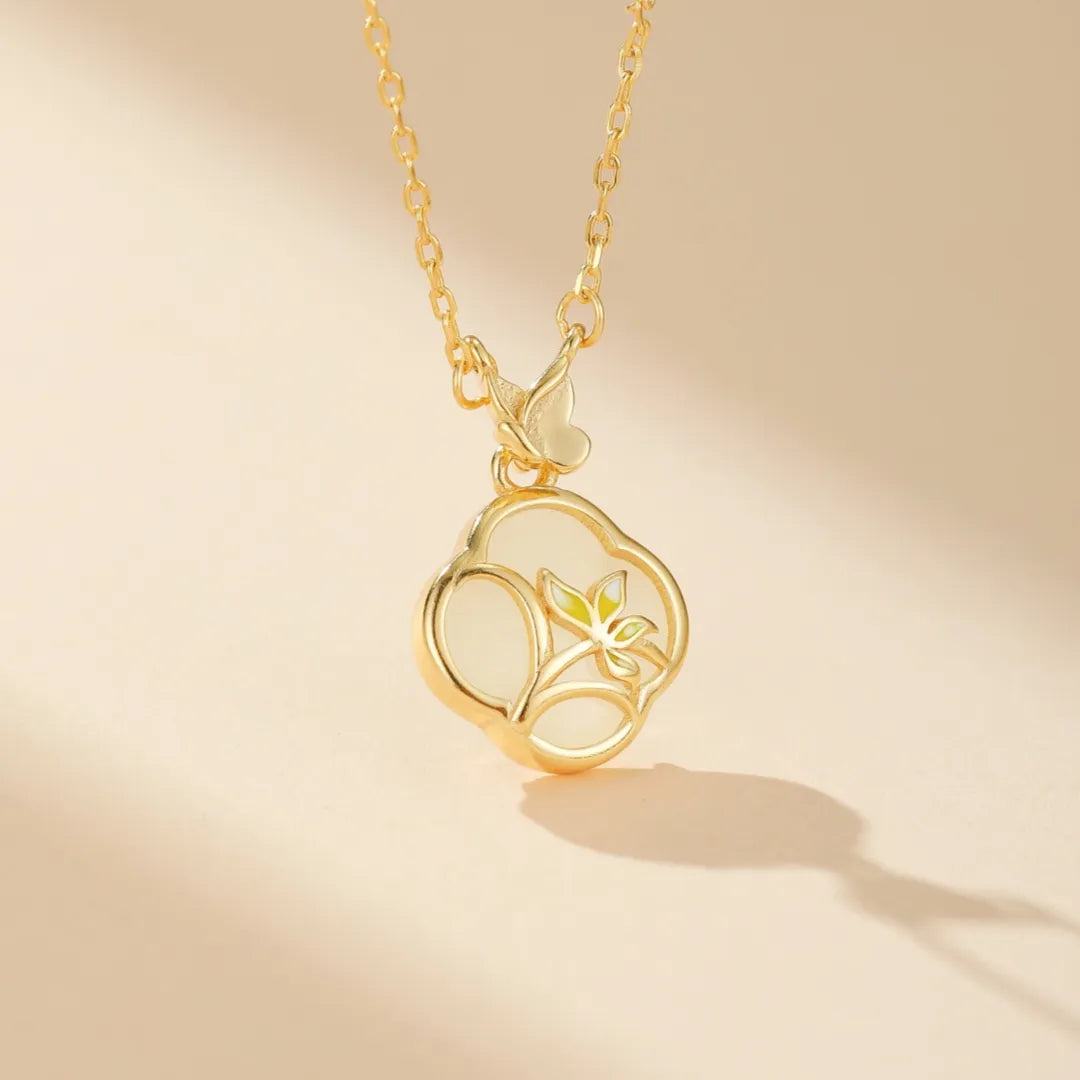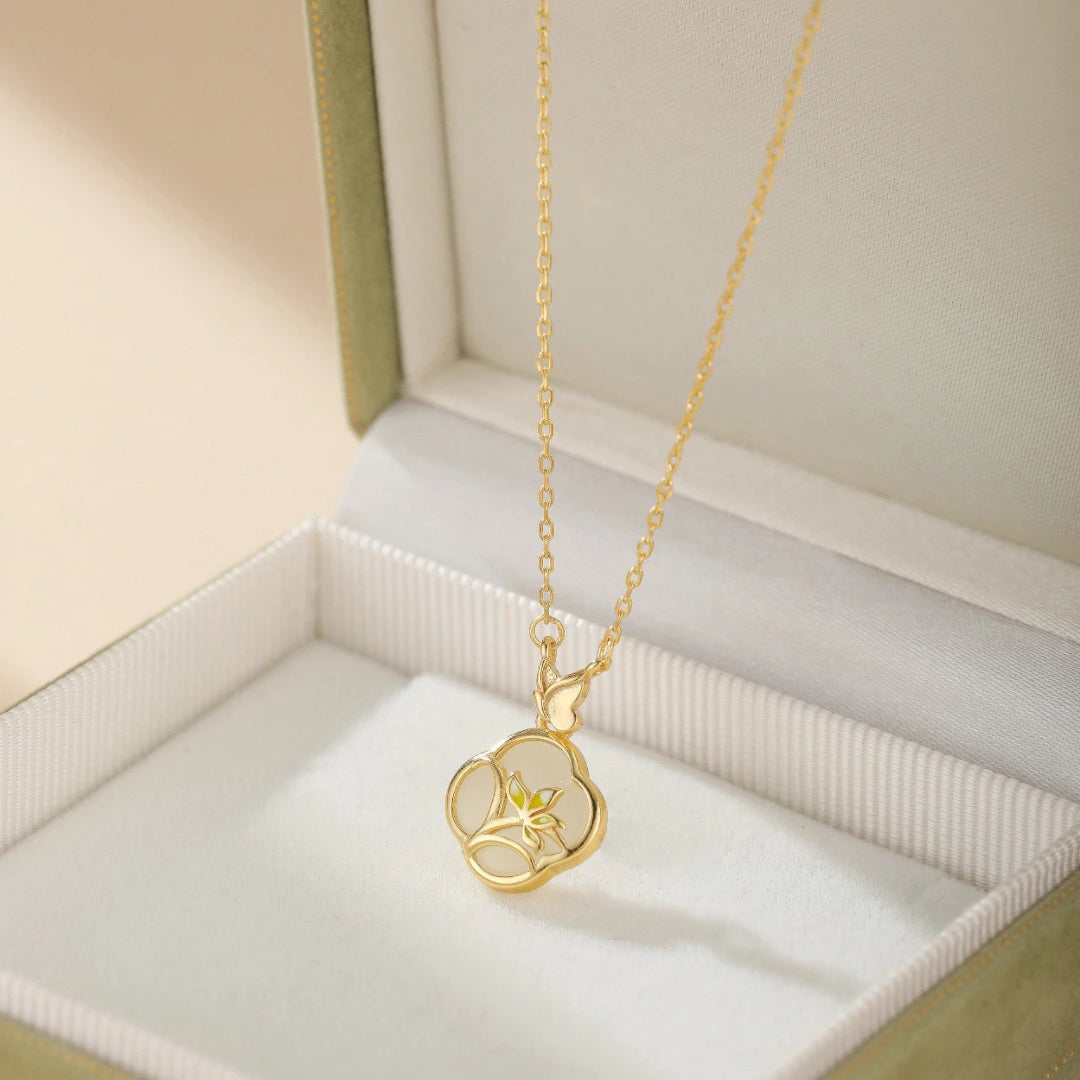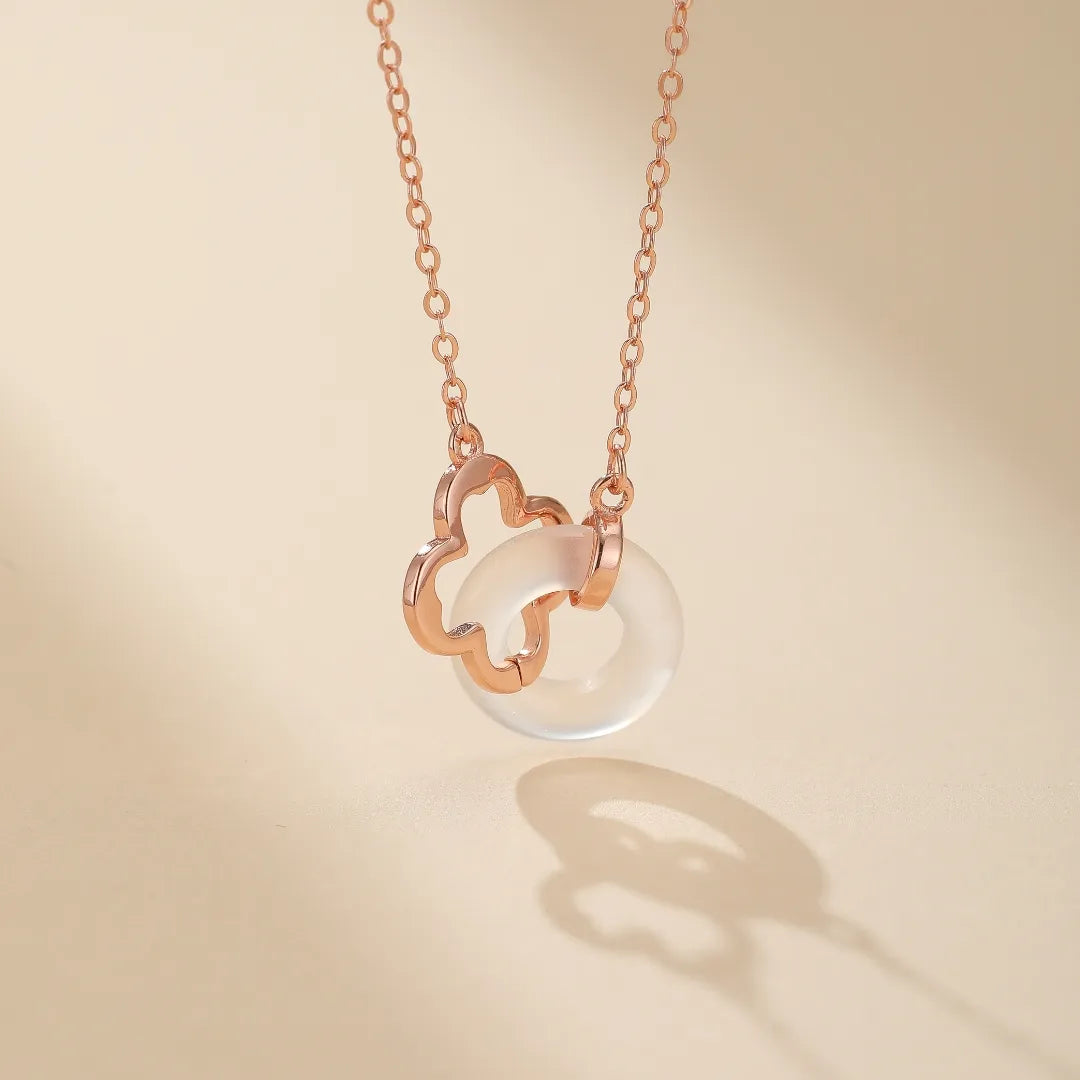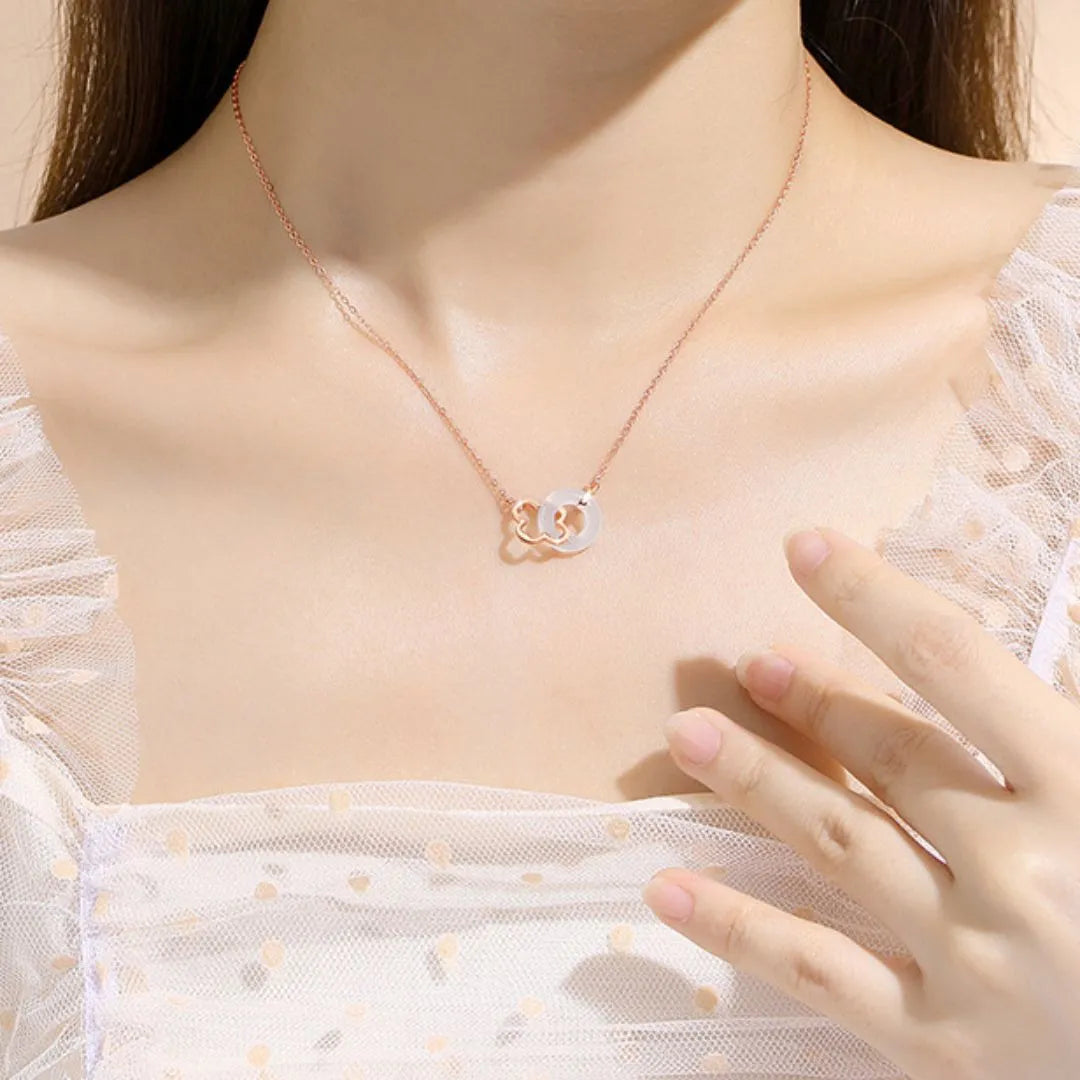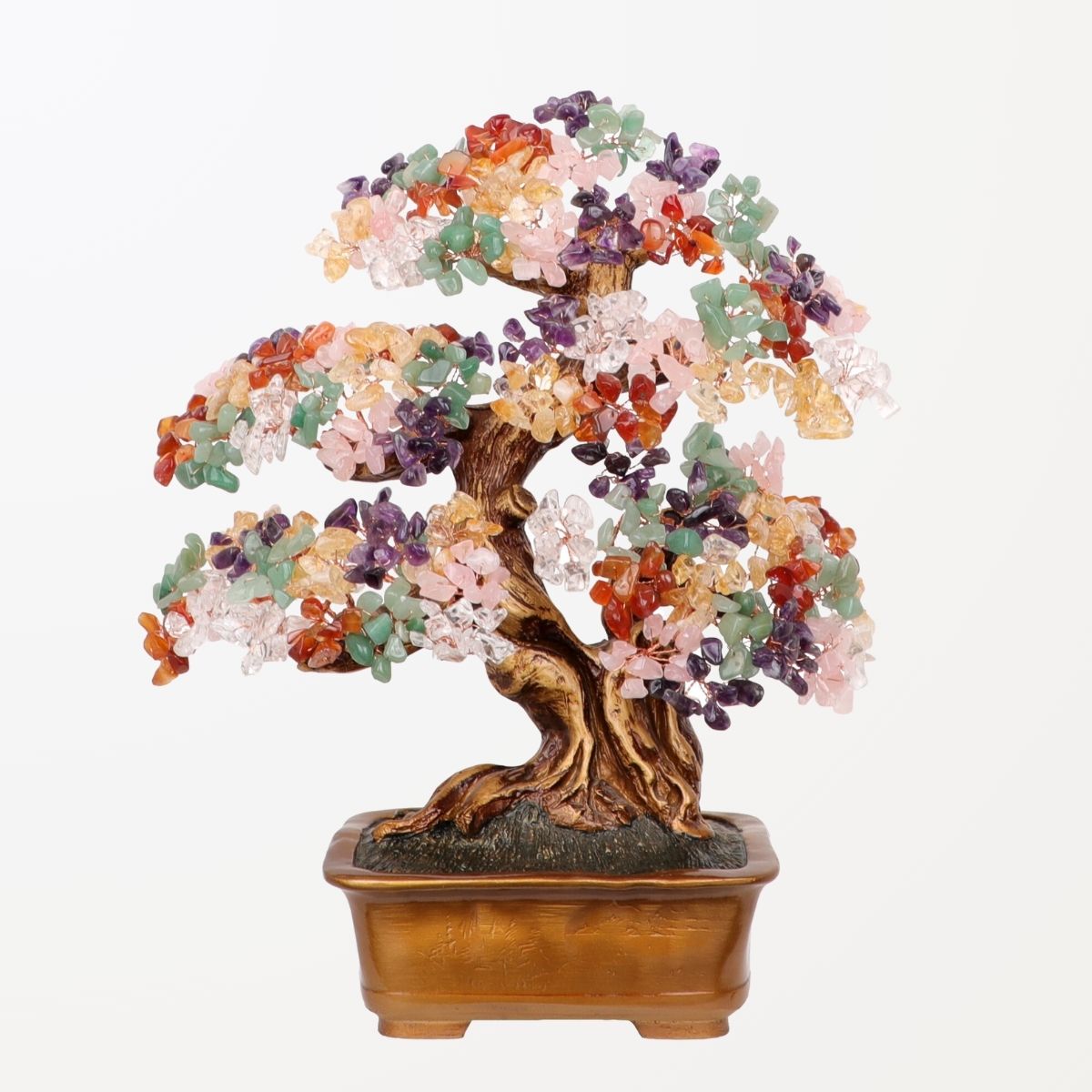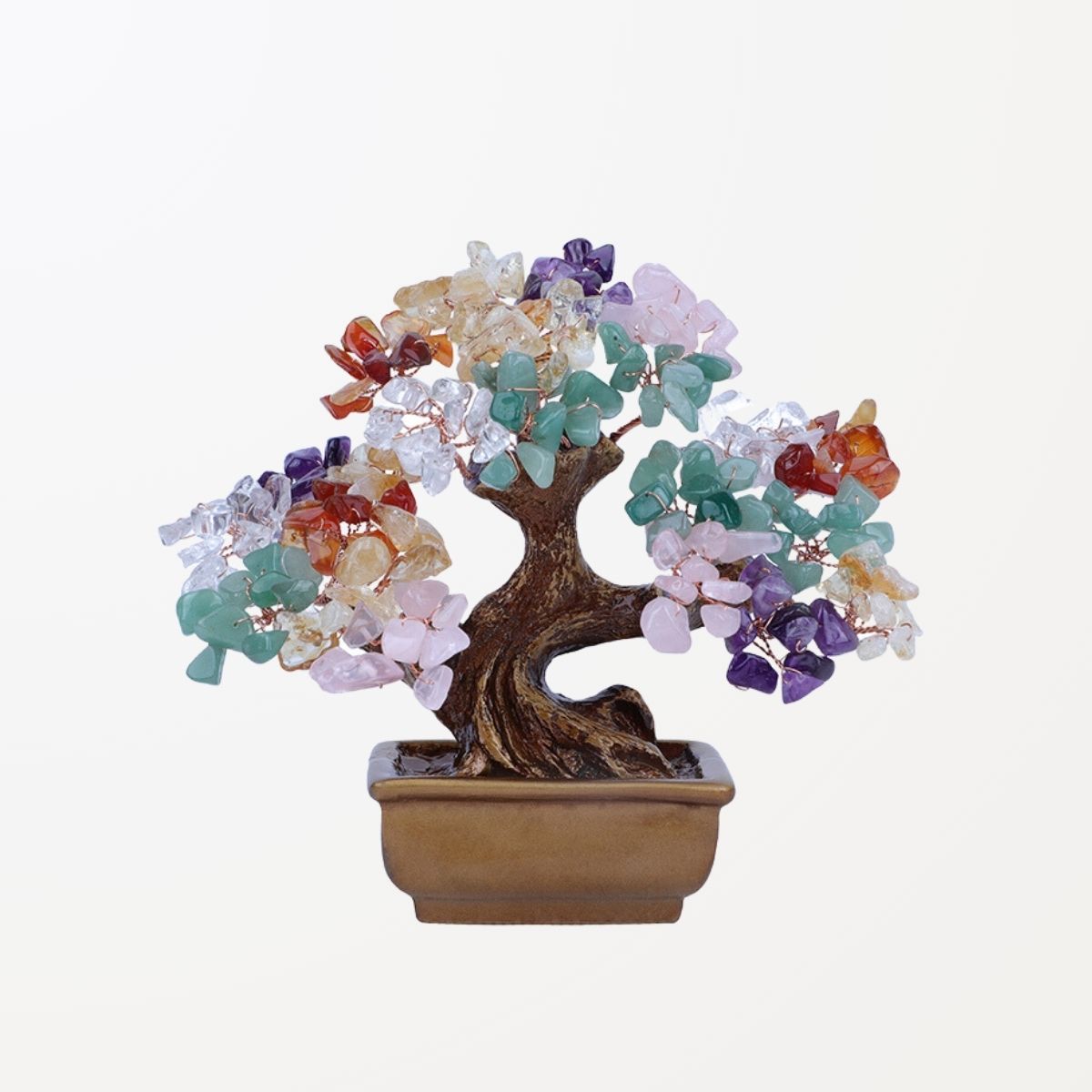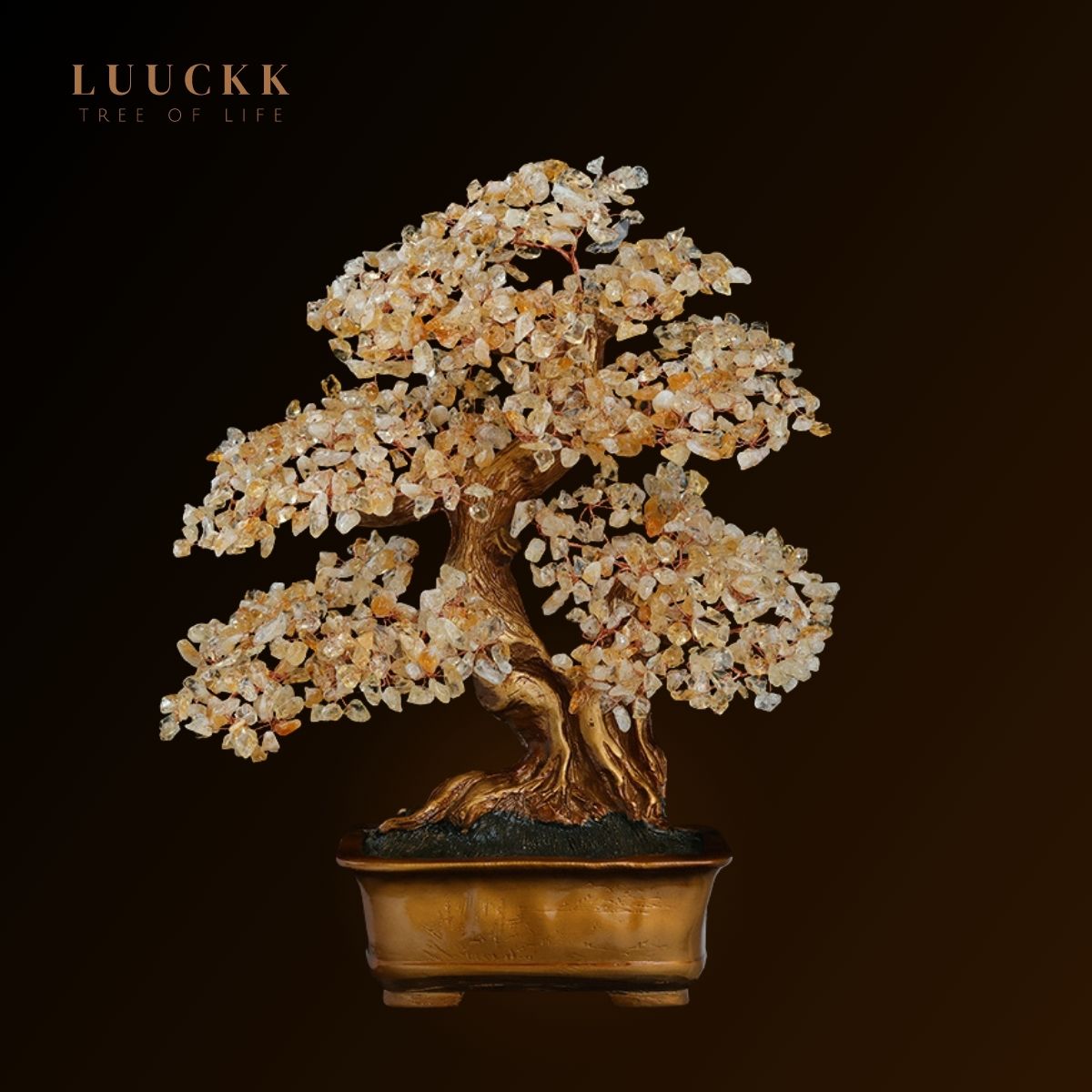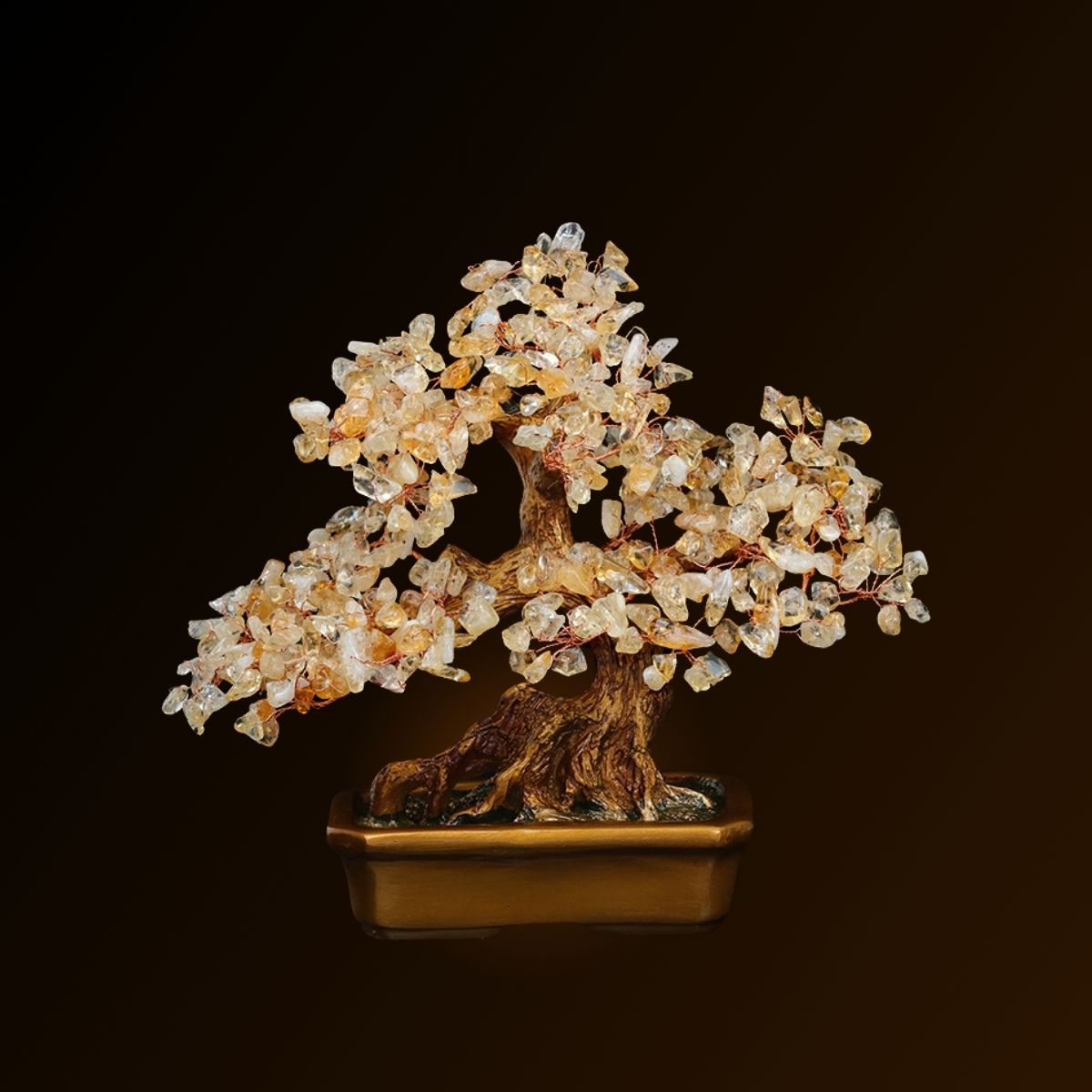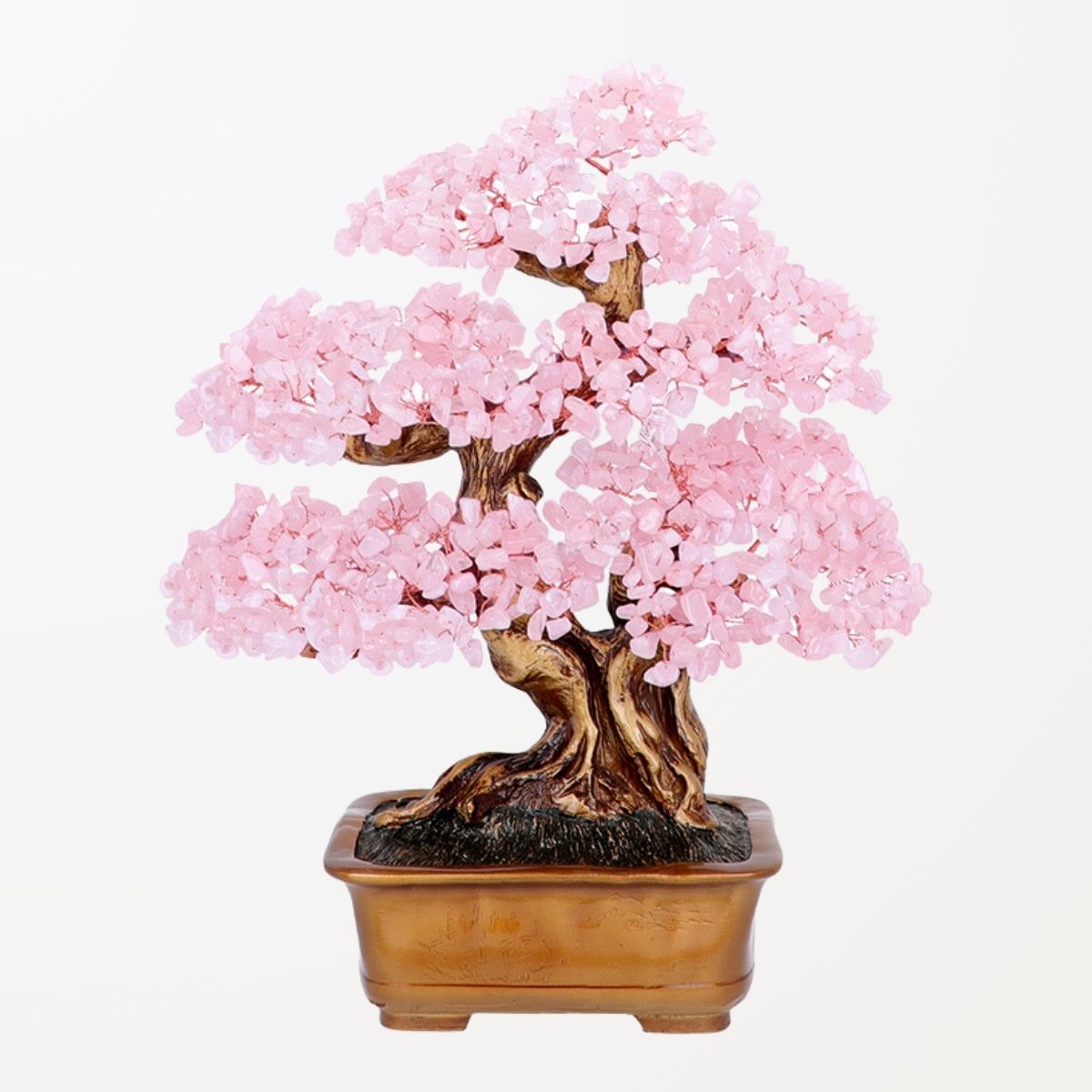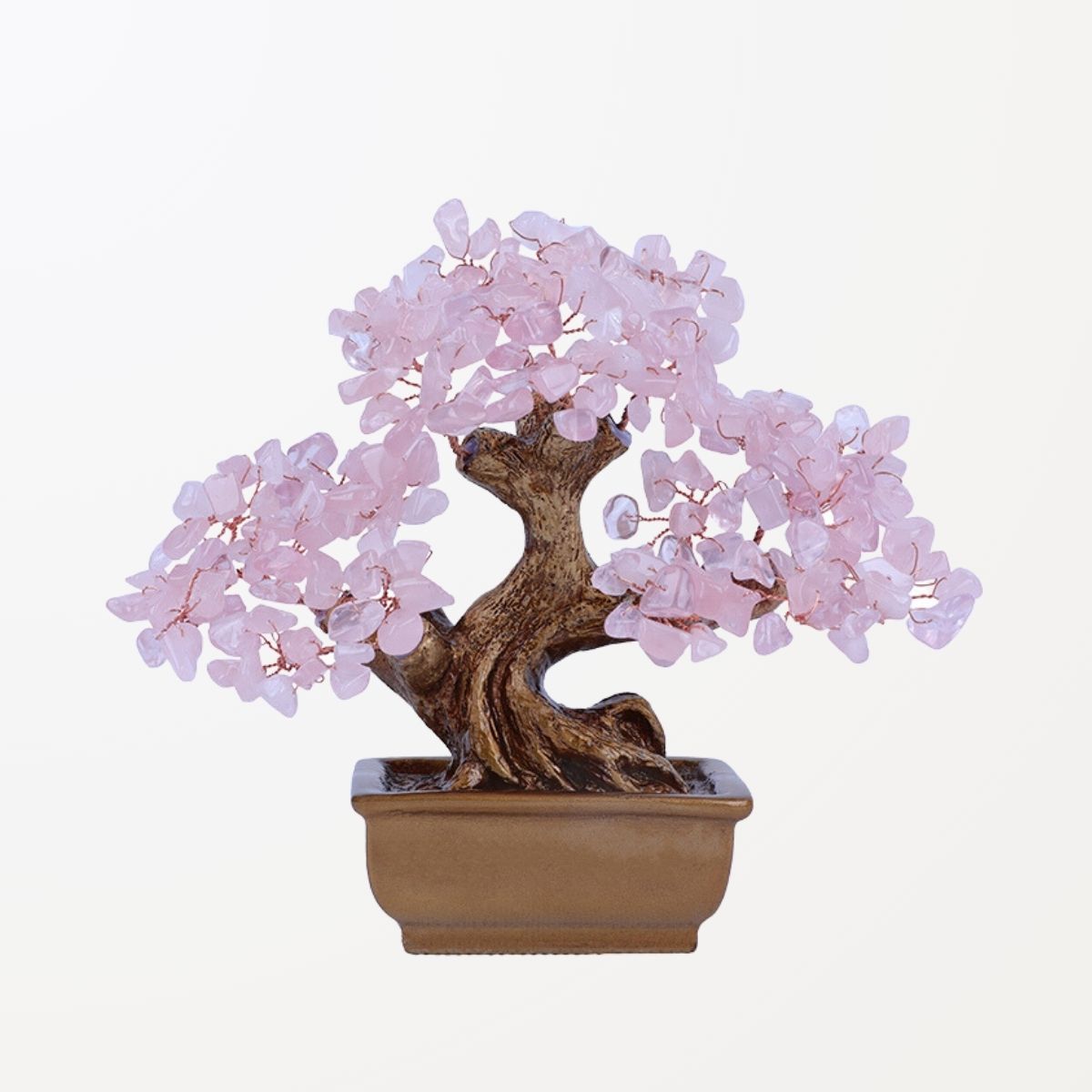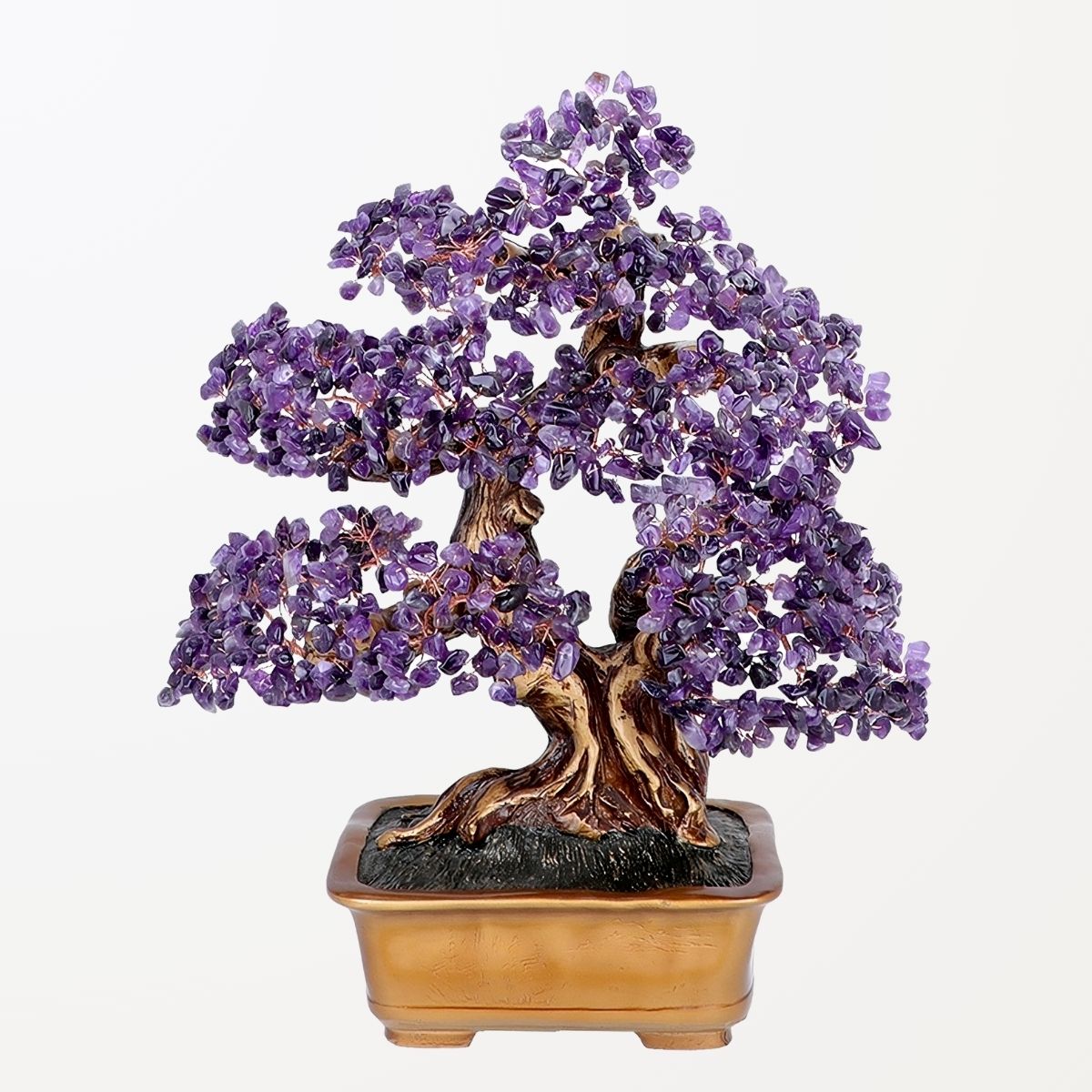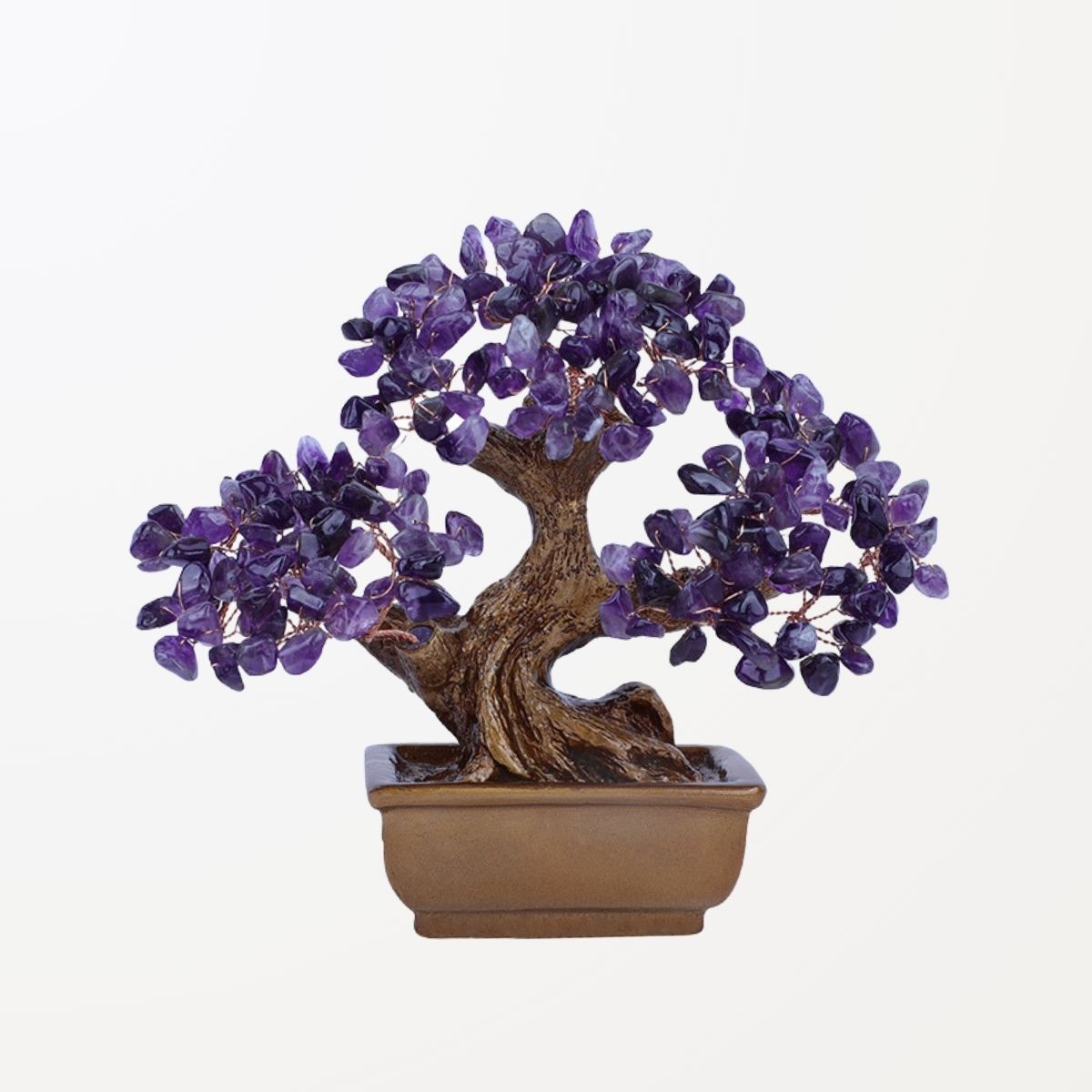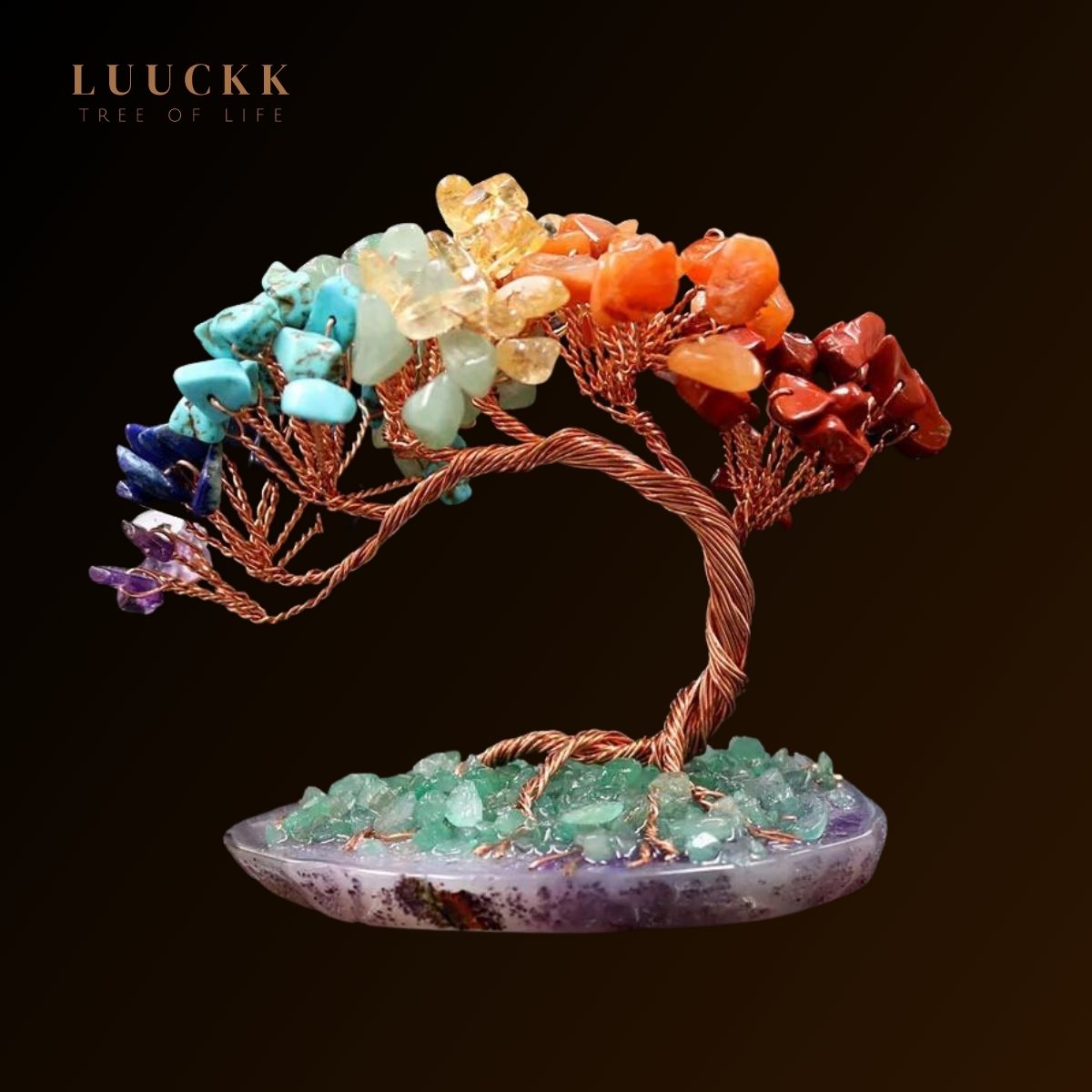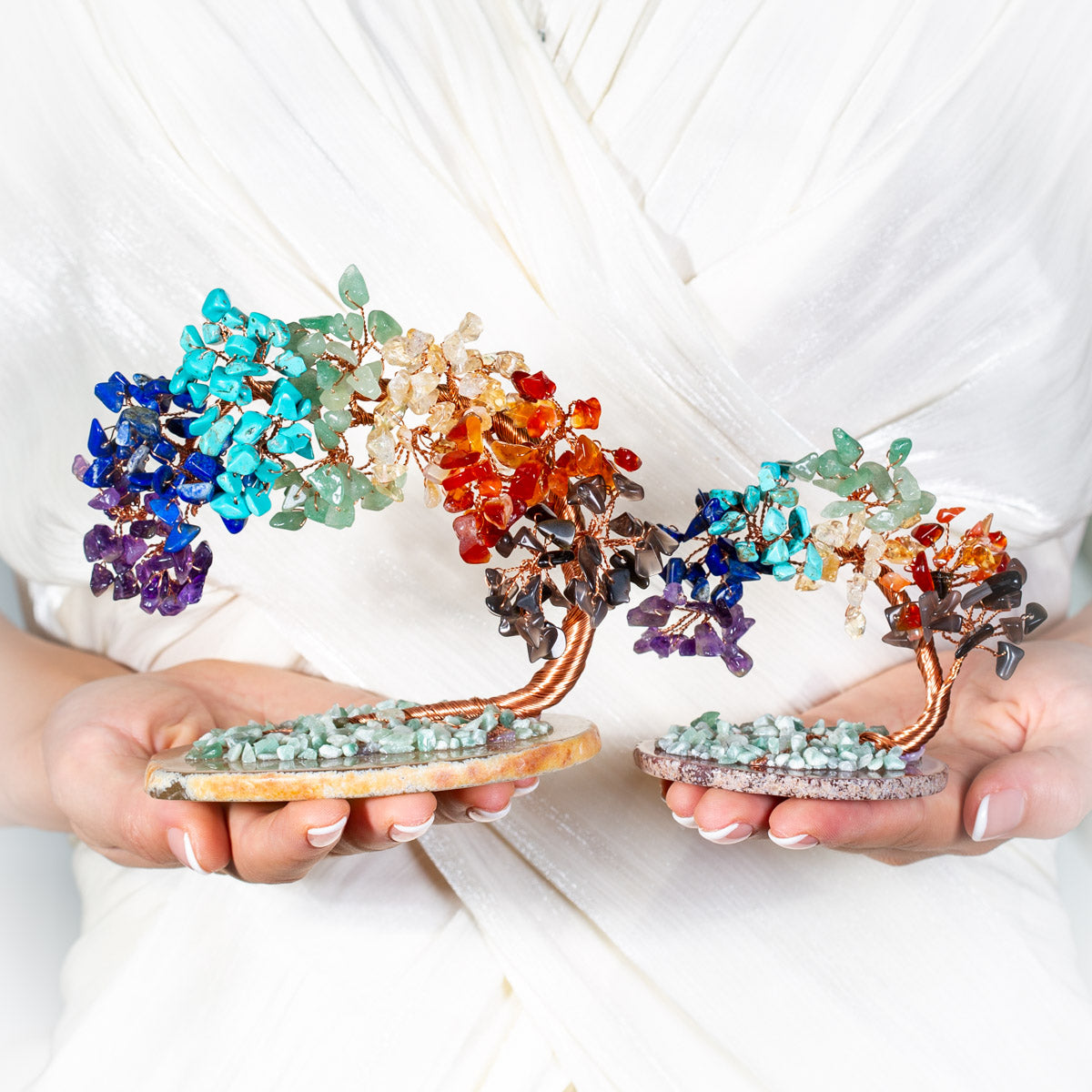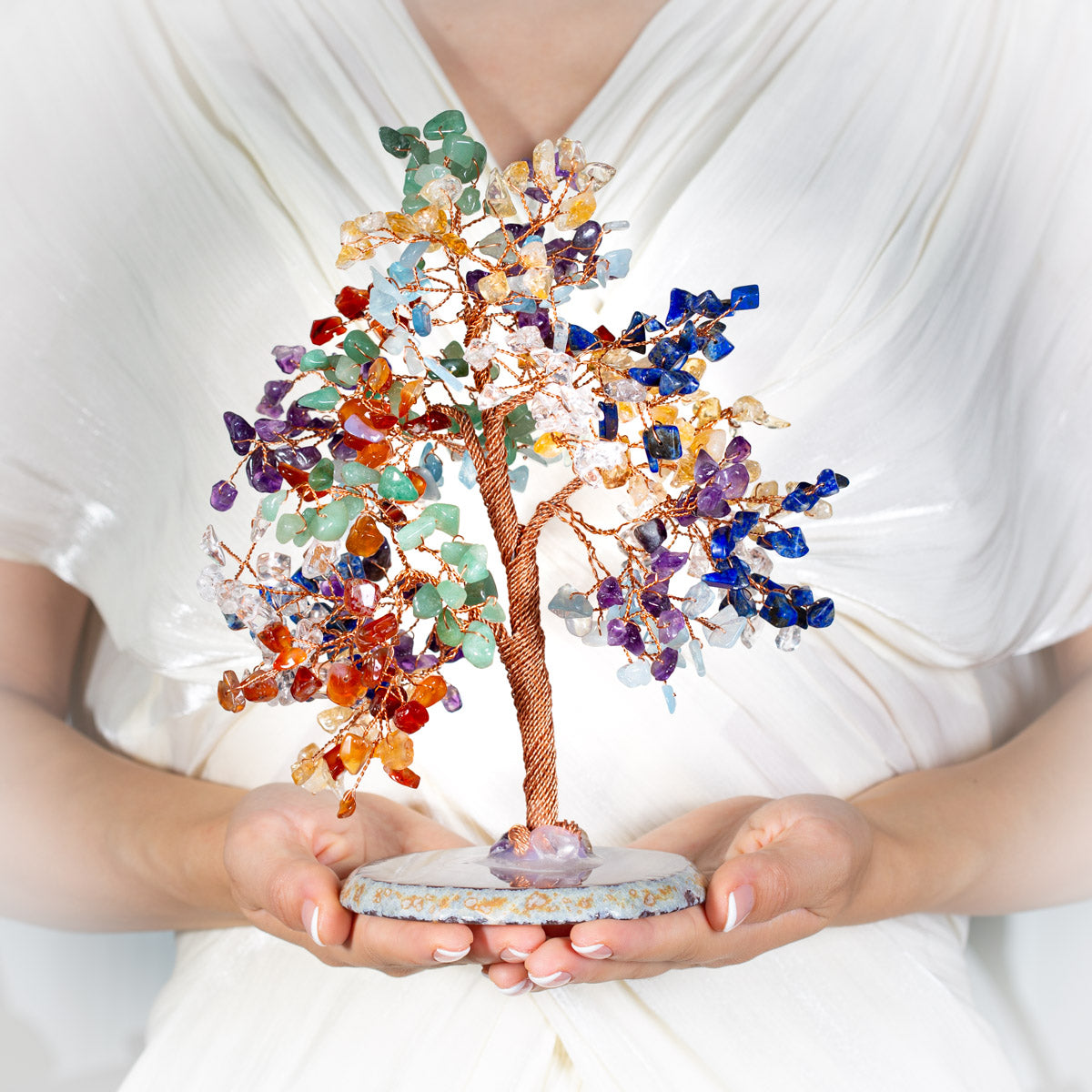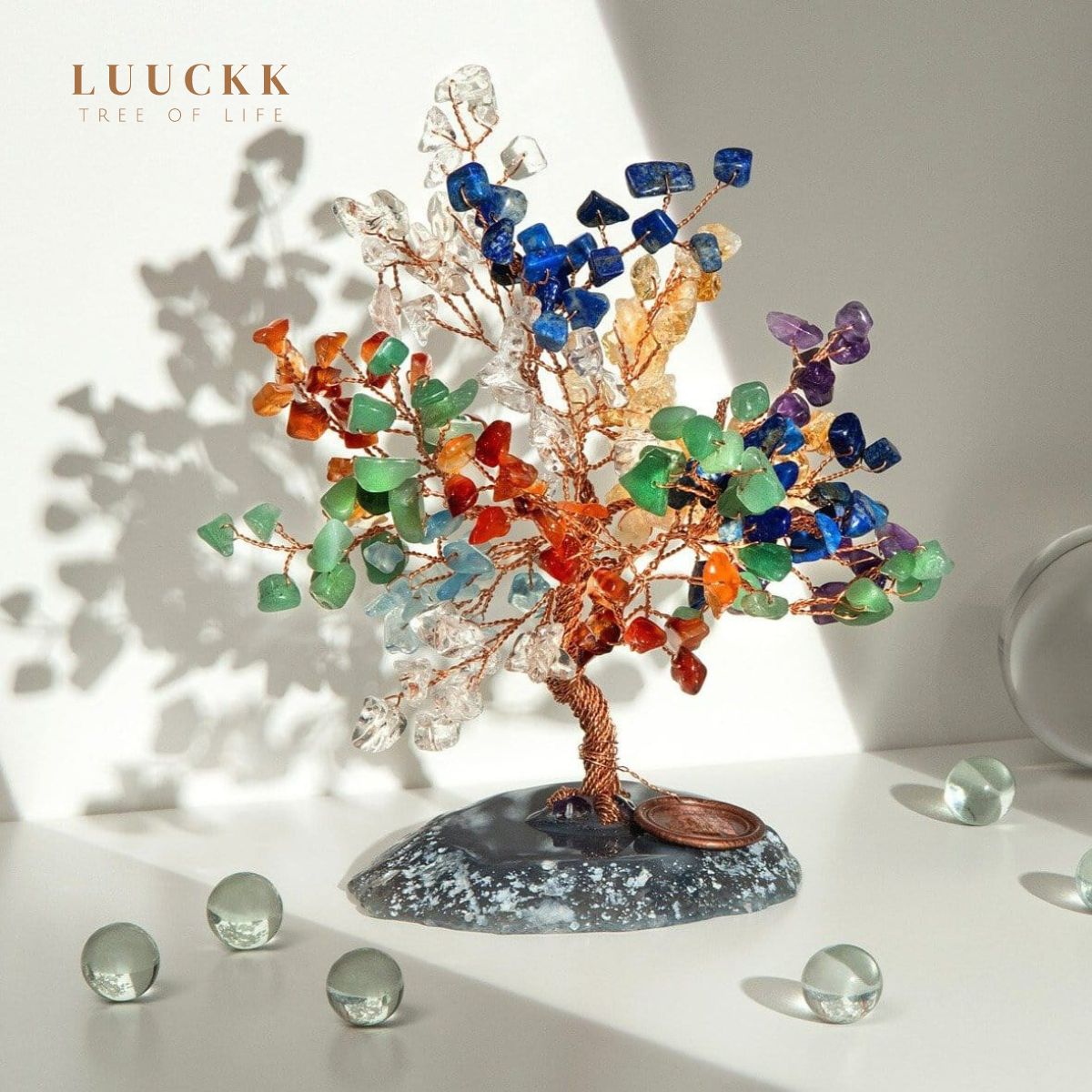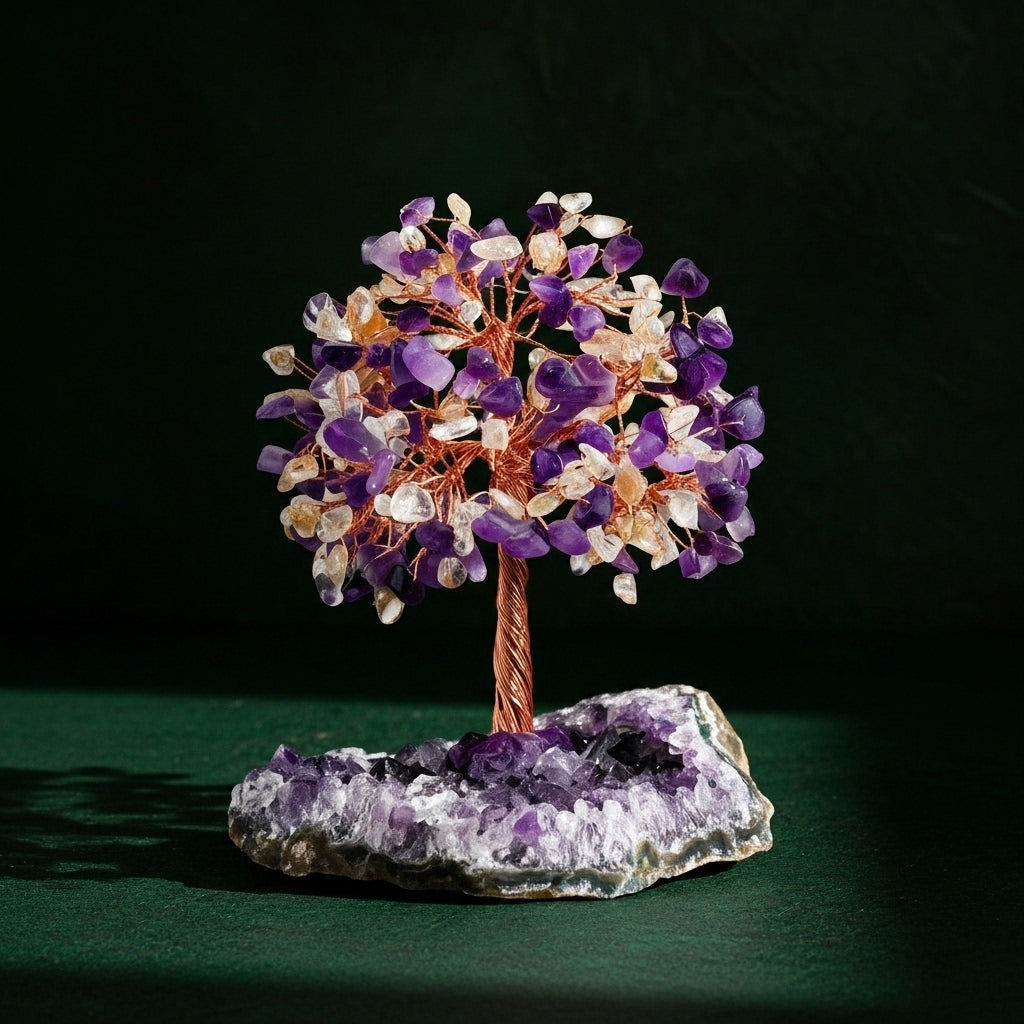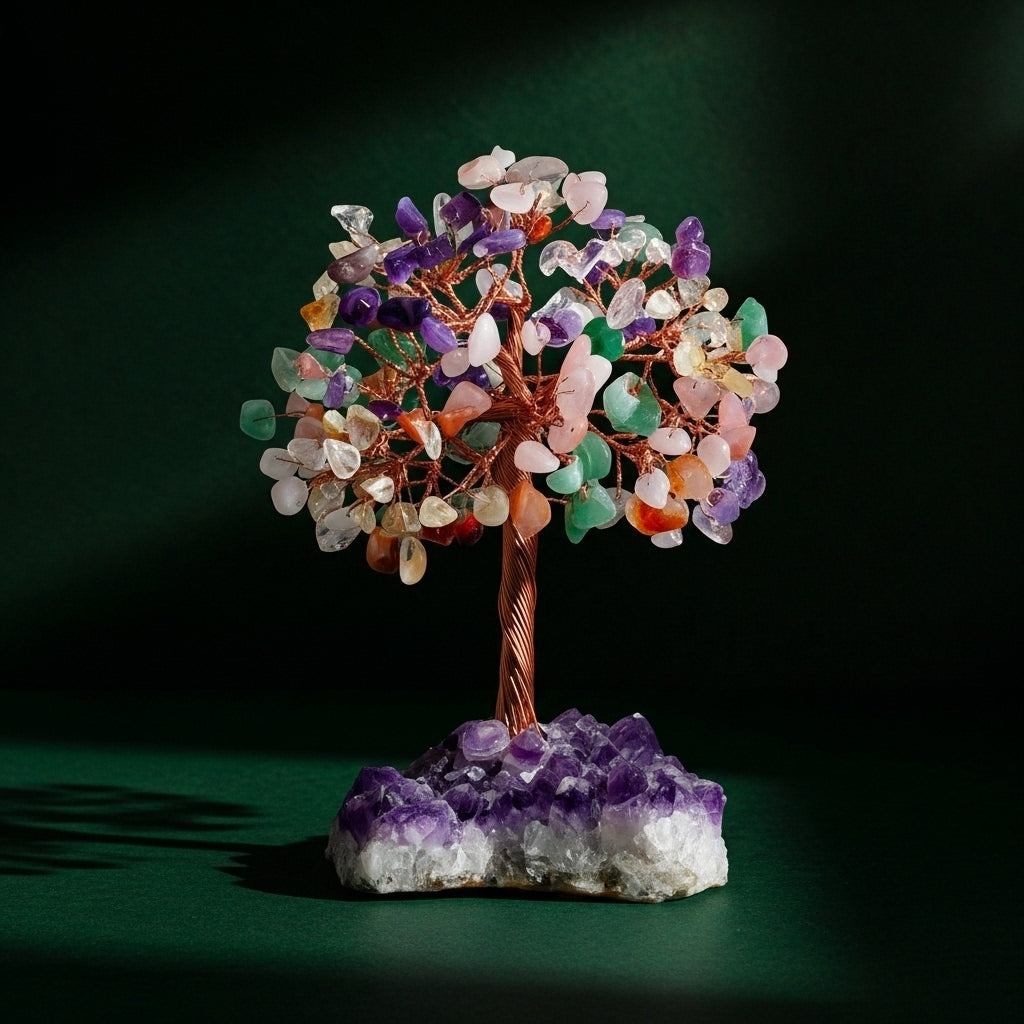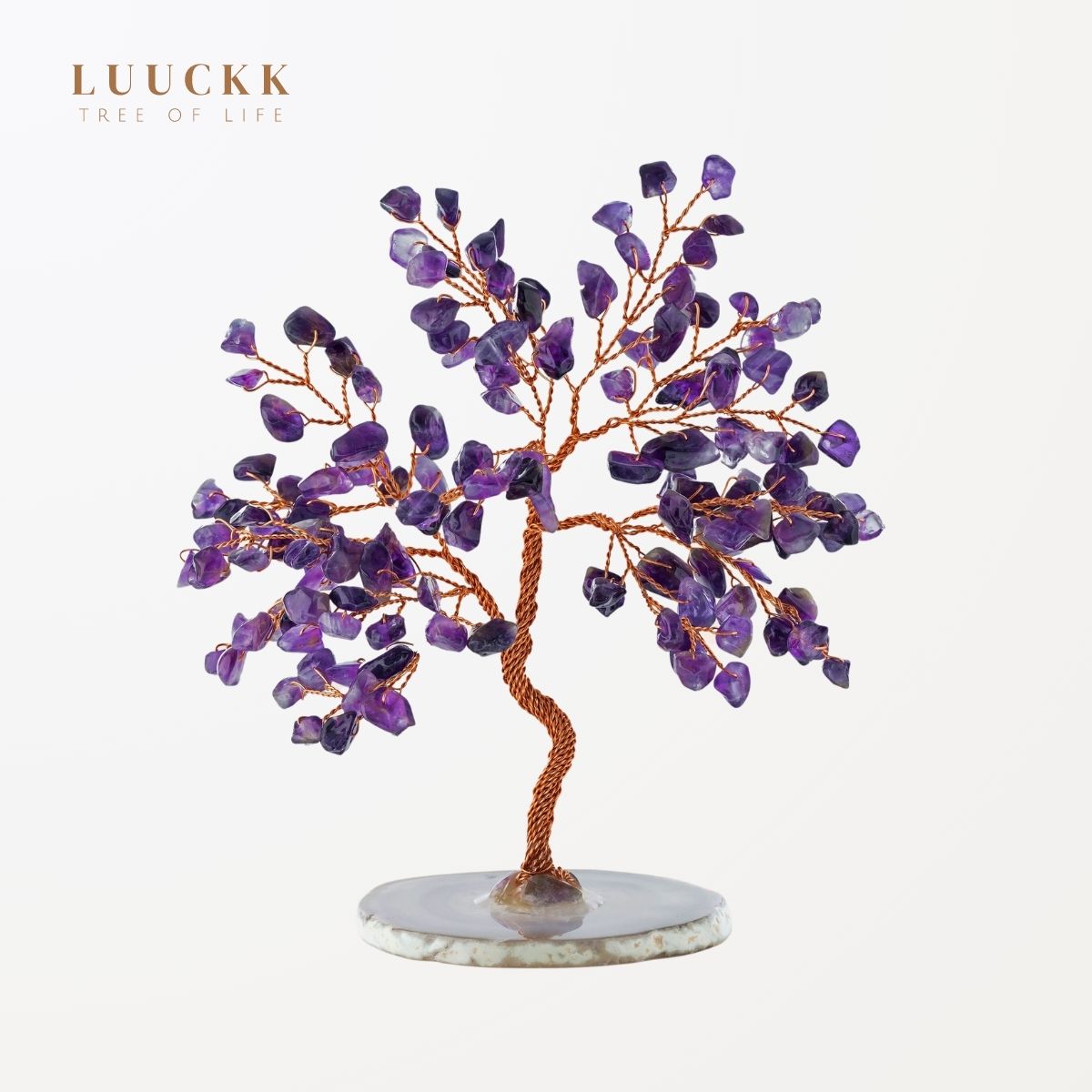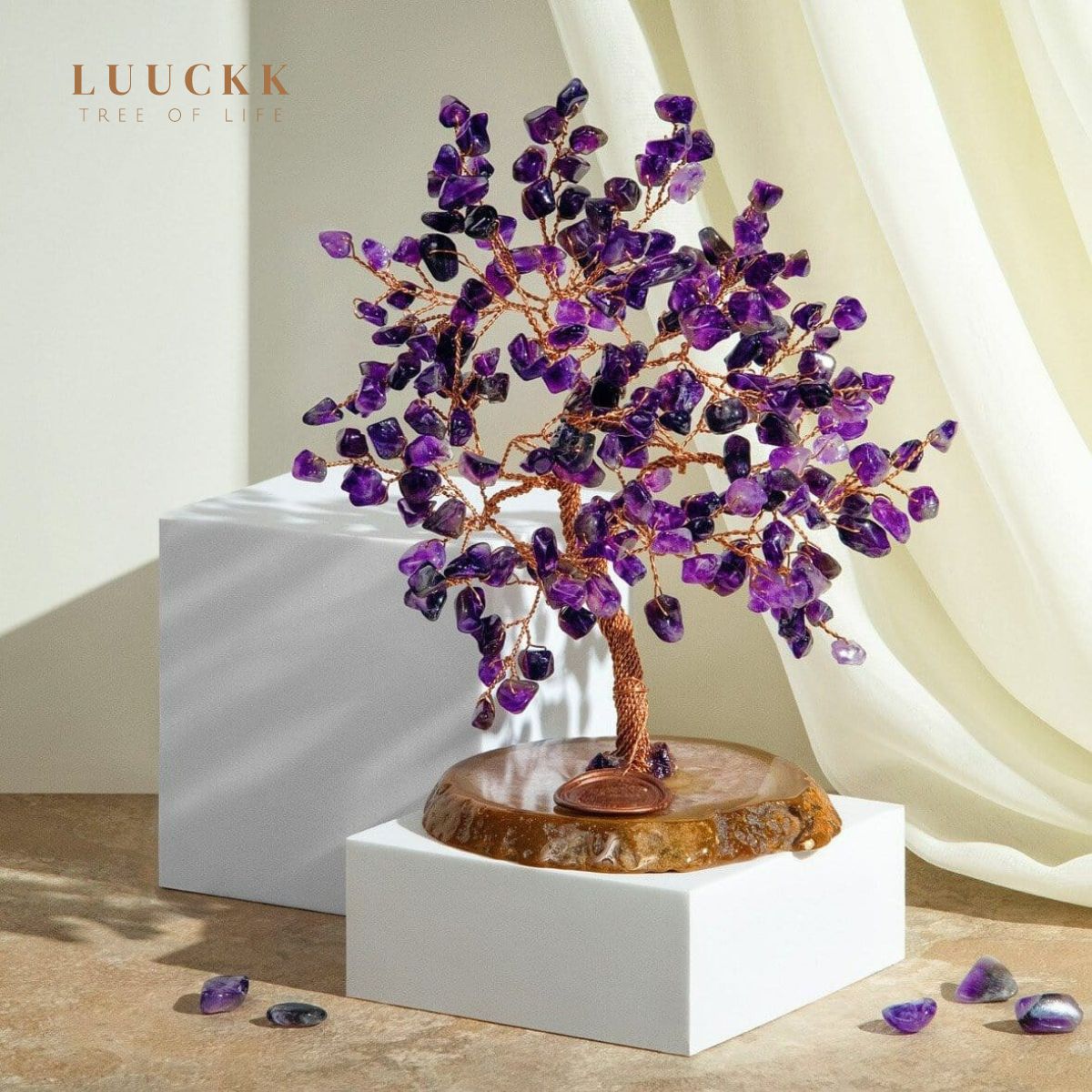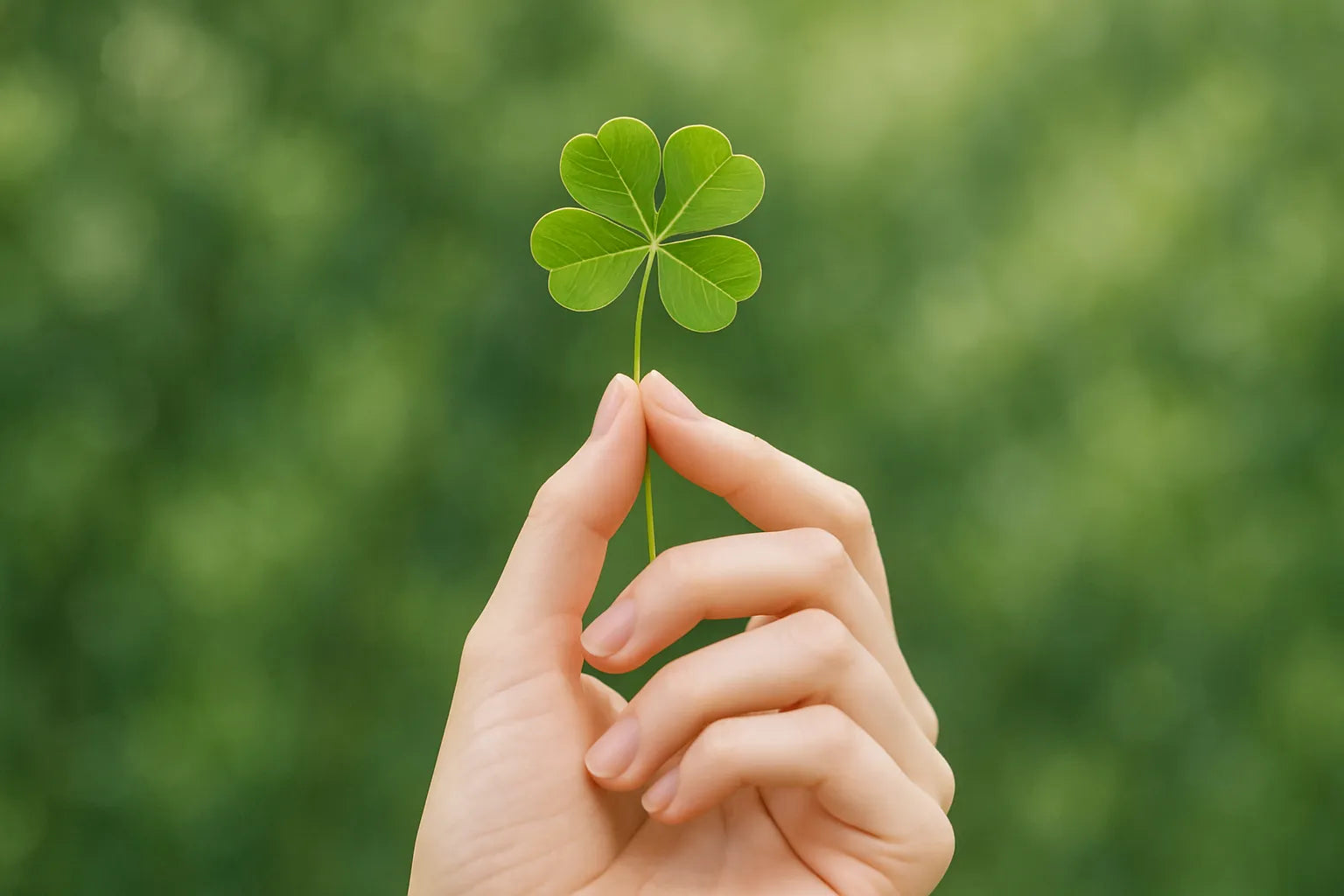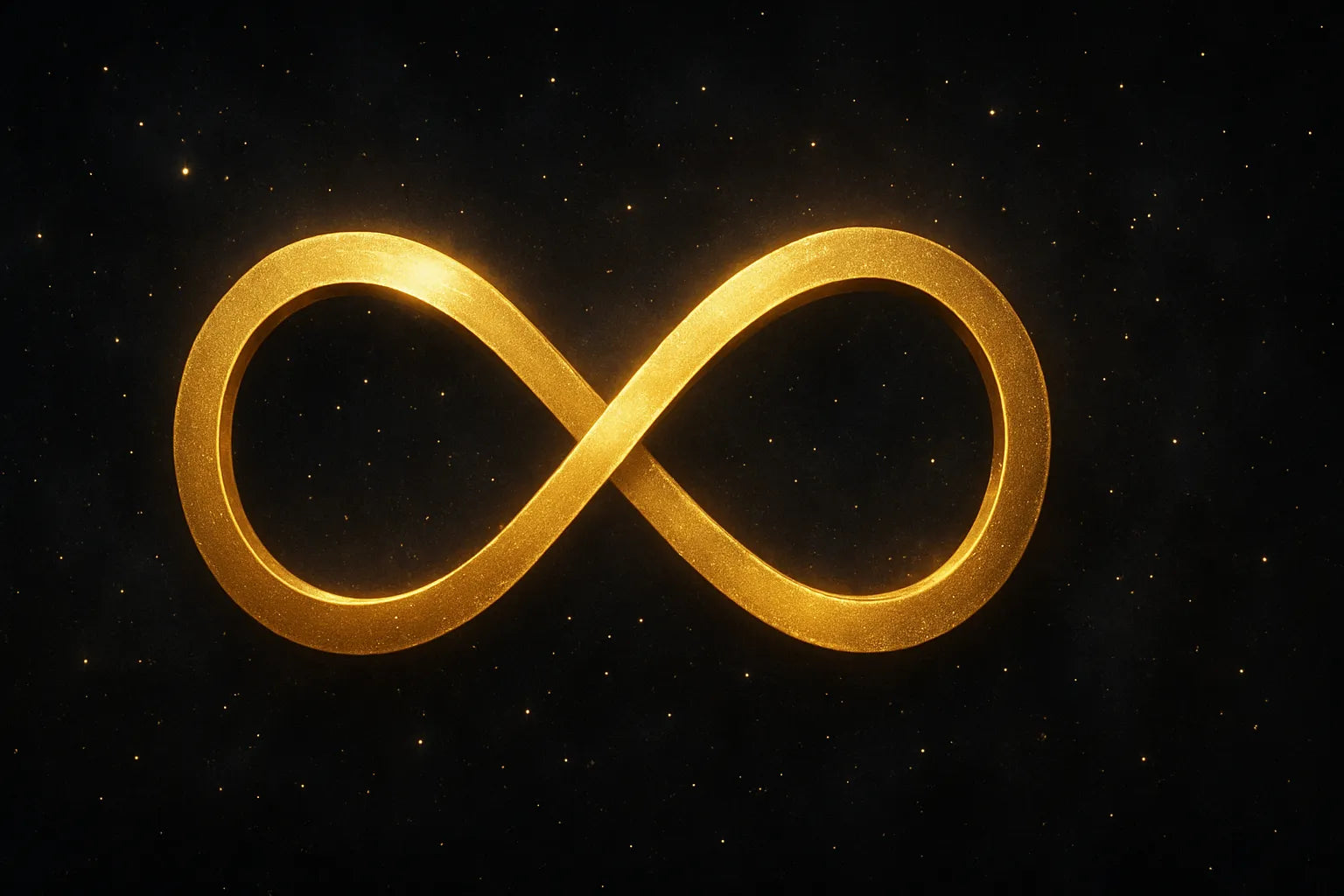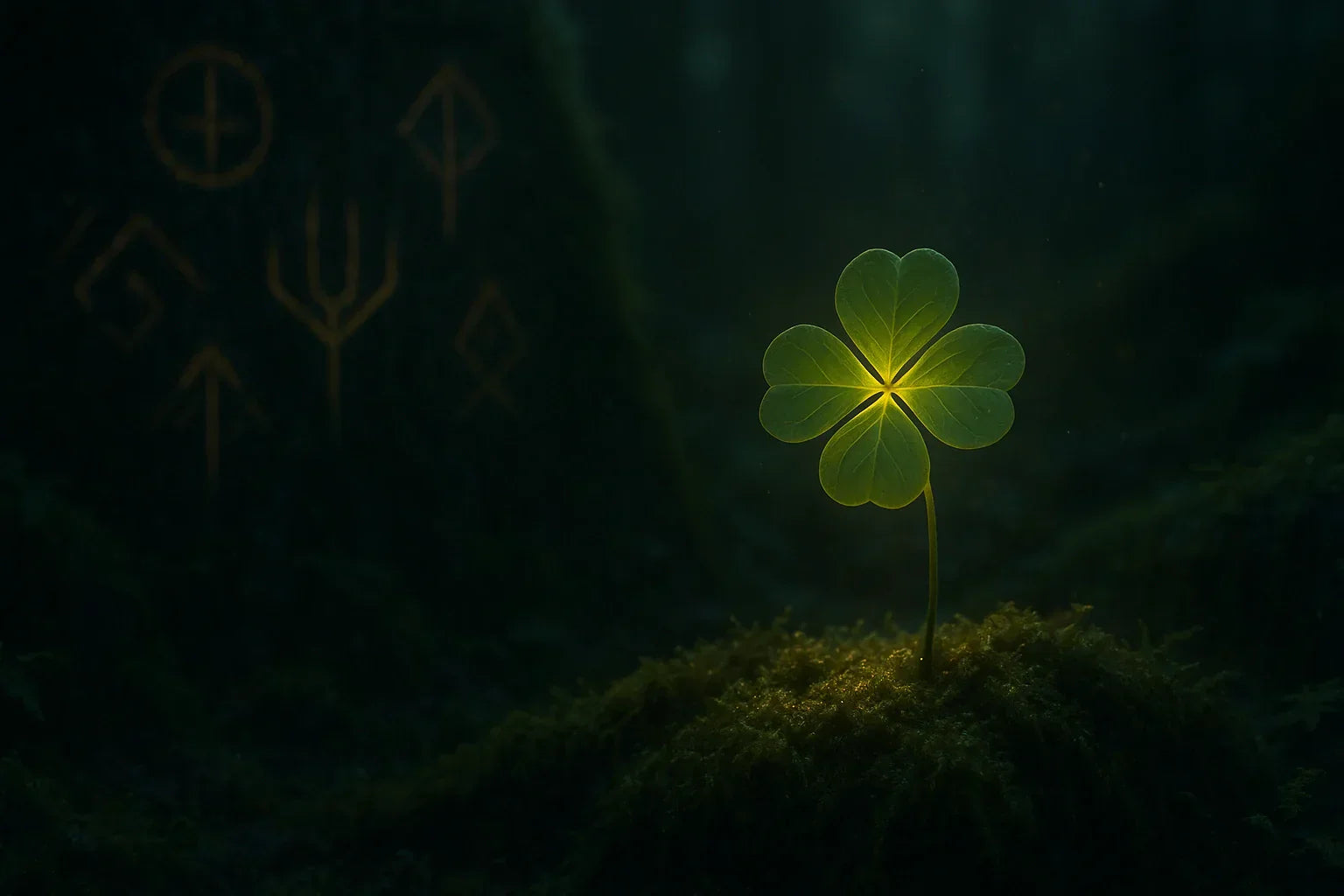
Clover Myths: From Druidism to Pop Culture
- Introduction: What if the clover wasn’t just a simple symbol of luck? ```
- Origins: The clover in Celtic traditions and Druidism
- The four-leaf clover: A natural accident turned universal talisman
- Clover jewelry: From spiritual object to trendy accessory
- Clover in pop culture: From Lucky Charms to superheroes
- Planting or gifting a four-leaf clover: Modern ritual or symbolic gesture?
- A symbol between authenticity and marketing: When nature becomes a brand
- Conclusion: A small plant with big stories
Introduction: What if the clover wasn’t just a simple symbol of luck?
Since childhood, we’ve often been told that finding a four-leaf clover brings good luck. But behind this charming idea lies an unexpected wealth of symbolism. The clover is far more than a good-luck token tossed into a wallet. It’s an ancestral symbol, profound, sometimes sacred—and even… marketing.
From druidic spirituality to modern jewelry store windows, via cinema screens and pop culture references, the clover has crossed centuries without losing its magic.
So why does this small plant fascinate so much? What beliefs hide behind its leaves? How did clover jewelry become an accessory that’s both trendy and spiritual? And what does this four-leaf clover symbol truly represent in the collective imagination?
Take a deep breath (and if possible, a clover between your fingers): we’re setting out to explore this botanical myth that has adapted to every era.
Our Clover Jewelry
Origins: The clover in Celtic traditions and Druidism
Long before the clover appeared engraved on jewelry or used in advertising logos, it held a special place in Celtic traditions. For the ancient Druids, every plant had a function, a meaning, an energy. The clover, with its multiple leaves, was considered a sacred plant.
The Druids perceived the world through natural symbols. The three-leaf clover, in particular, represented a fundamental balance: earth, sky, and sea, or life, death, and rebirth. The rarer four-leaf clover was seen as a sign of exception—a gift from nature.
Some medieval texts claim that the Druids used clover as a tool for divination or in purification rituals. This tradition endured over the centuries, especially in Ireland, where the clover became one of the country’s strong symbols, embodied notably by Saint Patrick, who is said to have used it to explain the Holy Trinity.
Back then, wearing a clover wasn’t a mere botanical whim. It was a way to display one’s connection to nature and the invisible forces that govern the world.
To learn more about legends and beliefs surrounding the clover through the ages, read the Complete Guide to the Four-Leaf Clover: Luck, Legends, and Uses.

The four-leaf clover: A natural accident turned universal talisman
The four-leaf clover, contrary to what some think, is not a distinct botanical species. It’s a rare mutation of white clover (Trifolium repens). It’s estimated that a single four-leaf clover appears for every 10,000 three-leaf clovers. That explains its reputation for rarity—and therefore, luck.
But what exactly does that fourth leaf symbolize?
According to popular tradition:
- The first leaf represents hope
- The second, faith
- The third, love
- And the fourth, of course, luck
This scheme has become a kind of universal mantra, though interpretations vary by culture. In China, for example, the four-leaf clover is sometimes associated with prosperity, while in Japan it evokes happiness and personal fulfillment.
From an energetic perspective, some spiritual practitioners view the clover as an amplifier of positive intentions. Placed in a notebook, a pocket, or even set into jewelry, it’s said to attract beneficial energies, ward off misfortune, and strengthen self-connection.
The success of the four-leaf clover as a spiritual symbol therefore rests on two elements: its real rarity and its cumulative cultural impact. A winning duo that makes it one of the world’s most popular talismans.
To explore the clover’s spiritual dimensions further, we recommend the article Spiritual Meaning of the Four-Leaf Clover: A Universal Good Luck Charm.
Clover jewelry: From spiritual object to trendy accessory
Today, clover jewelry is no longer just about superstition. It’s also a true trend in the world of jewelry. Necklaces, bracelets, rings, earrings—the clover comes in every form and material, from silver to gold plating, including natural stones.
But why such enthusiasm?
First, because a piece bearing the four-leaf clover symbol blends aesthetics and intention. Gifting a clover-shaped necklace means offering more than a simple jewel: it conveys a message—a wish for happiness, luck, protection.
It’s also a universal accessory. The clover is neither gendered nor tied to a single belief. It suits all styles, cultures, and personalities.
Some luxury brands have even embraced this symbol to create entire collections. Why? Because it carries positive, simple, and powerful values: nature, harmony, luck, joie de vivre.
Clover jewelry is also often chosen for specific moments: job interviews, new adventures, school exams, births, etc.—all occasions when we seek a little nudge… from destiny.
To discover the deeper meanings and modern uses of clover jewelry, we invite you to read Clover Jewelry: The Secret of a Lucky Charm Accessory.
Clover in pop culture: From Lucky Charms to superheroes
It would be unfair to limit the clover to a spiritual or symbolic dimension. For several decades, it has also earned a place of choice in popular culture.
- In cartoons, who doesn’t remember little Irish leprechauns hopping through clover fields?
- In video games, rare clover-shaped items grant bonuses to luck or life.
- In cinema, St. Patrick’s Day—when the clover is omnipresent—is often used as a backdrop for festive or supernatural scenes.
The clover has become a universal visual code to represent luck, Ireland, or even magic. It also appears on clothing, in tattoos, on mugs, or keychains. It’s part of our visual everyday life.
It’s no longer just about ancient beliefs but an aesthetic embraced, shared, and reinterpreted by millions of people around the world.
Many celebrities don’t hesitate to wear clover jewelry or appear with accessories adorned with this four-leaf clover symbol, as if to affirm optimism or a desire to connect with simple, authentic values.

Planting or gifting a four-leaf clover: Modern ritual or symbolic gesture?
In a world that moves ever faster, many people want to return to simple, meaningful gestures. Gifting a four-leaf clover has become a powerful symbolic act, even a spiritual one.
But can you really plant a lucky clover? The answer is yes. There are planting kits specifically designed to grow clovers, sometimes with an increased chance of producing that famous fourth leaf. Some shops even offer four-leaf clovers already grown and preserved in resin or framed in wood.
Gifting a clover can be accompanied by a personal message: “I wish you the best,” “I believe in you,” or simply “Good luck.”
This simple ritual can also become a family or friendship tradition—planting a clover together at the start of each year or at every important new beginning.
To learn how to cultivate and gift a four-leaf clover, see Planting or Gifting a Four-Leaf Clover: A Practical Guide.

A symbol between authenticity and marketing: When nature becomes a brand
Like any powerful symbol, the clover hasn’t escaped commercial appropriation. Clothing brands, companies, and even institutions use the clover in their visual identity.
Why? Because it evokes positive values that are immediately understood: luck, freshness, trust, nature, simplicity.
Some bank, insurance, or international group logos feature the clover to convey honesty, stability, and growth.
This commercialization isn’t necessarily an impoverishment of the symbol. It rather shows its versatility and evocative power.
Perhaps what makes the clover so powerful is its ability to adapt to every narrative. From druidic rituals to brand communication, it embodies what we all need to feel: a promise of a better future.
Conclusion: A small plant with big stories
The four-leaf clover is far more than a good-luck charm slipped between notebook pages. It’s a universal symbol that transcends centuries, cultures, and continents. Whether worn as jewelry, planted in a garden, printed on a T-shirt, or celebrated in a popular festival, it keeps an aura of mystery, luck, and spirituality.
Clover jewelry continues this tradition: it gives a visible, elegant form to a symbol deeply rooted in our collective imagination. Gifting or wearing a clover means conveying an emotion, an intention, a link between tradition and modernity.
And if you’ve never found a four-leaf clover, don’t worry. Perhaps it will find you… at the right moment.
Also read on our blog to dive deeper:
- Complete Guide to the Four-Leaf Clover: Luck, Legends, and Uses
- Spiritual Meaning of the Four-Leaf Clover: A Universal Good Luck Charm
- Planting or Gifting a Four-Leaf Clover: A Practical Guide
- Clover Jewelry: The Secret of a Lucky Charm Accessory
What is the meaning of the different leaves on a four-leaf clover?
The first leaf of the four-leaf clover symbolizes hope, the second faith, the third love, and the fourth luck. These meanings vary across cultures, but this scheme is the most widespread.
Why has clover jewelry become a trend in the jewelry world?
Clover jewelry blends aesthetics and symbolism. It conveys positive values like luck, protection, or harmony, while being an elegant, universal accessory suited to all styles and occasions.
Where does the association of clover with luck come from in Celtic cultures?
In Celtic traditions and Druidism, the clover was a sacred plant representing the fundamental balance of nature. Its rarity—especially the four-leaf variant—was interpreted as an exceptional gift, a source of luck.
Can you really grow a four-leaf clover at home?
Yes, it’s possible to grow a four-leaf clover at home using specific planting kits. Some stores also sell already-grown clovers, sometimes preserved in resin or framed.
How is the clover used in modern pop culture?
The clover is omnipresent in pop culture: cartoons, video games, cinema, and fashion. It symbolizes luck, Ireland, or magic, and adorns many everyday objects such as clothing, keychains, or tattoos.
Suggested Products
Best products
